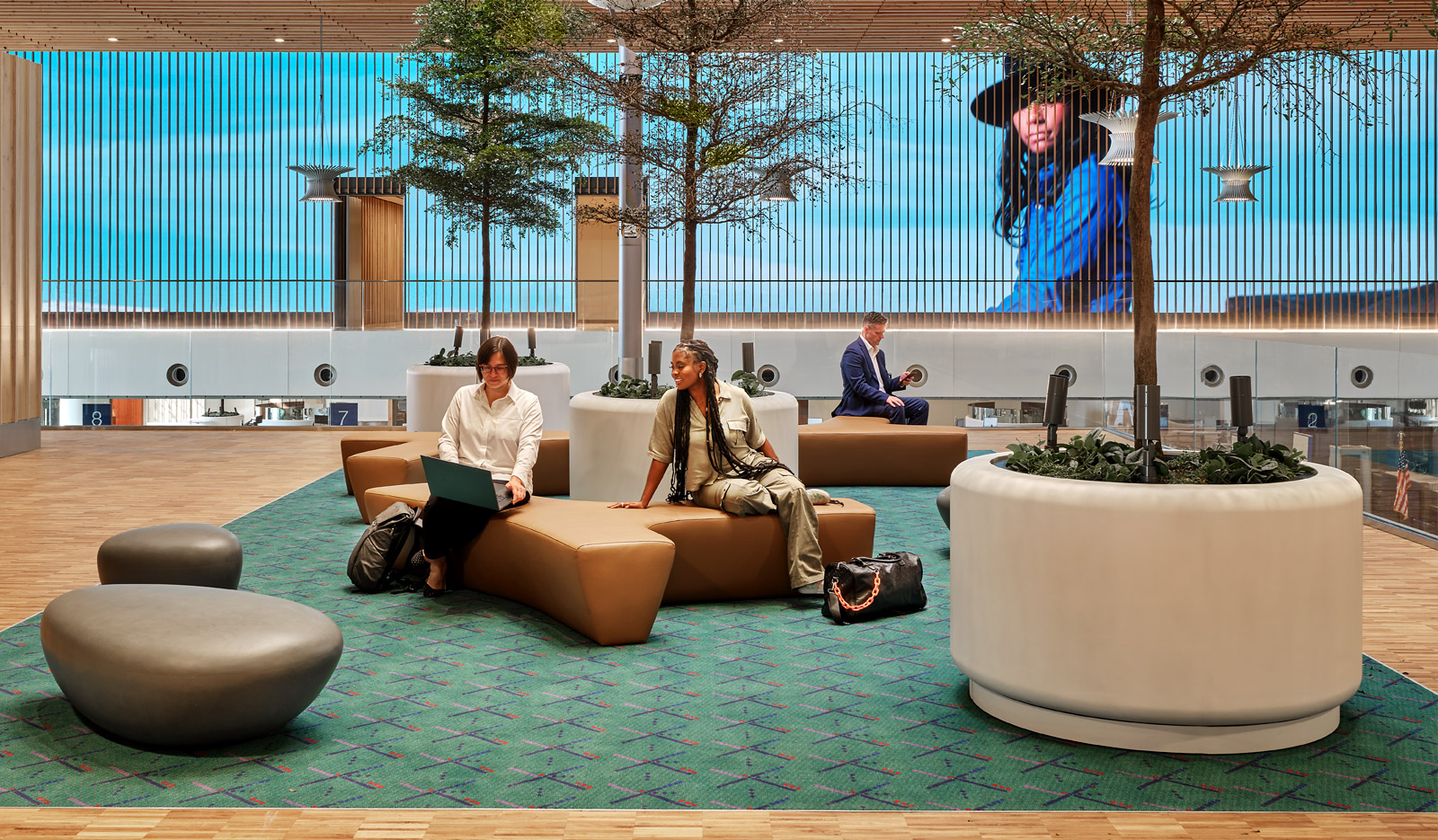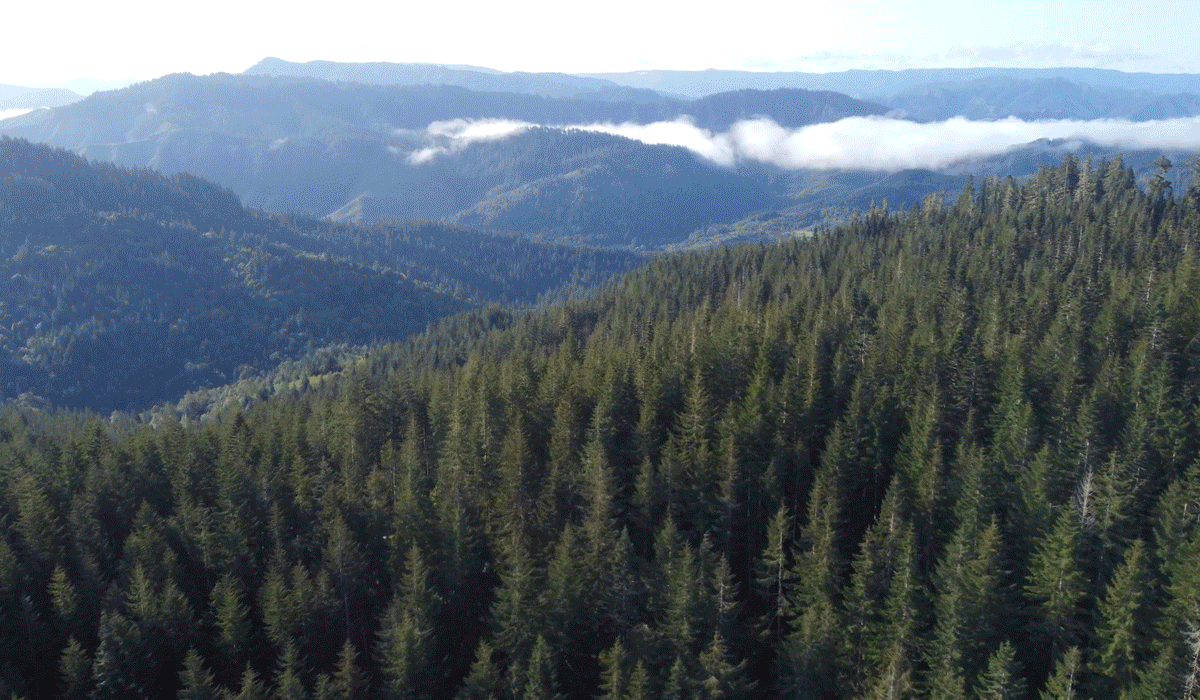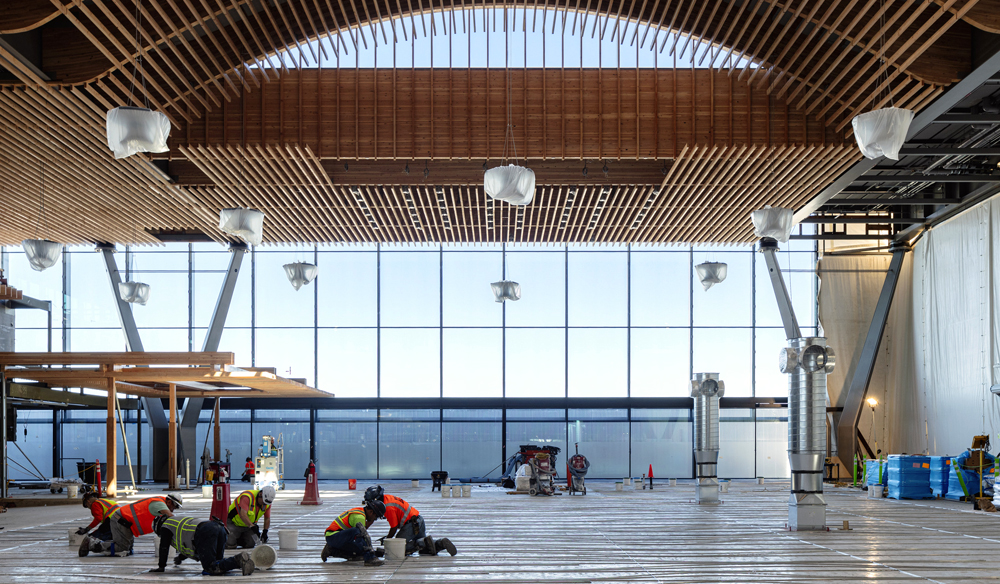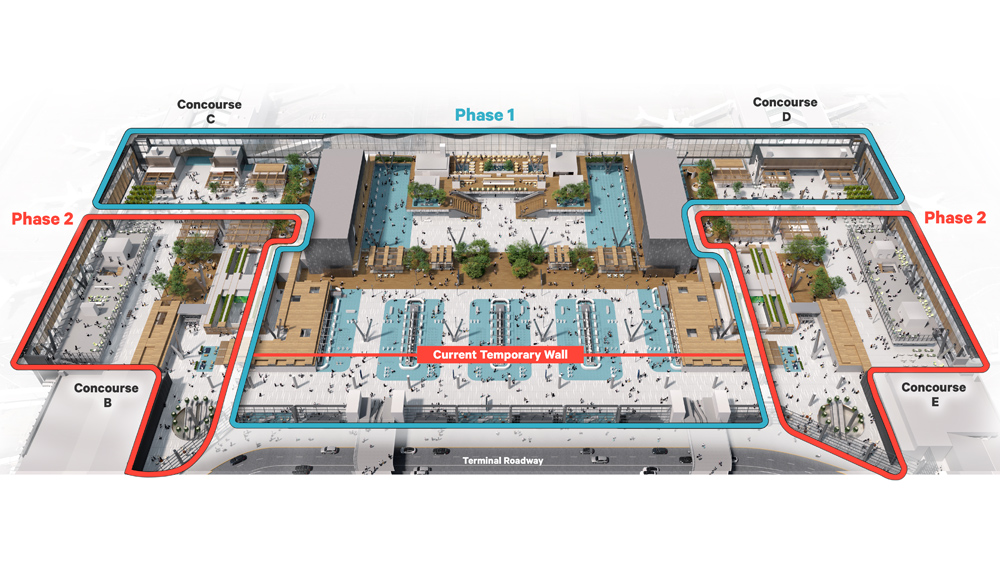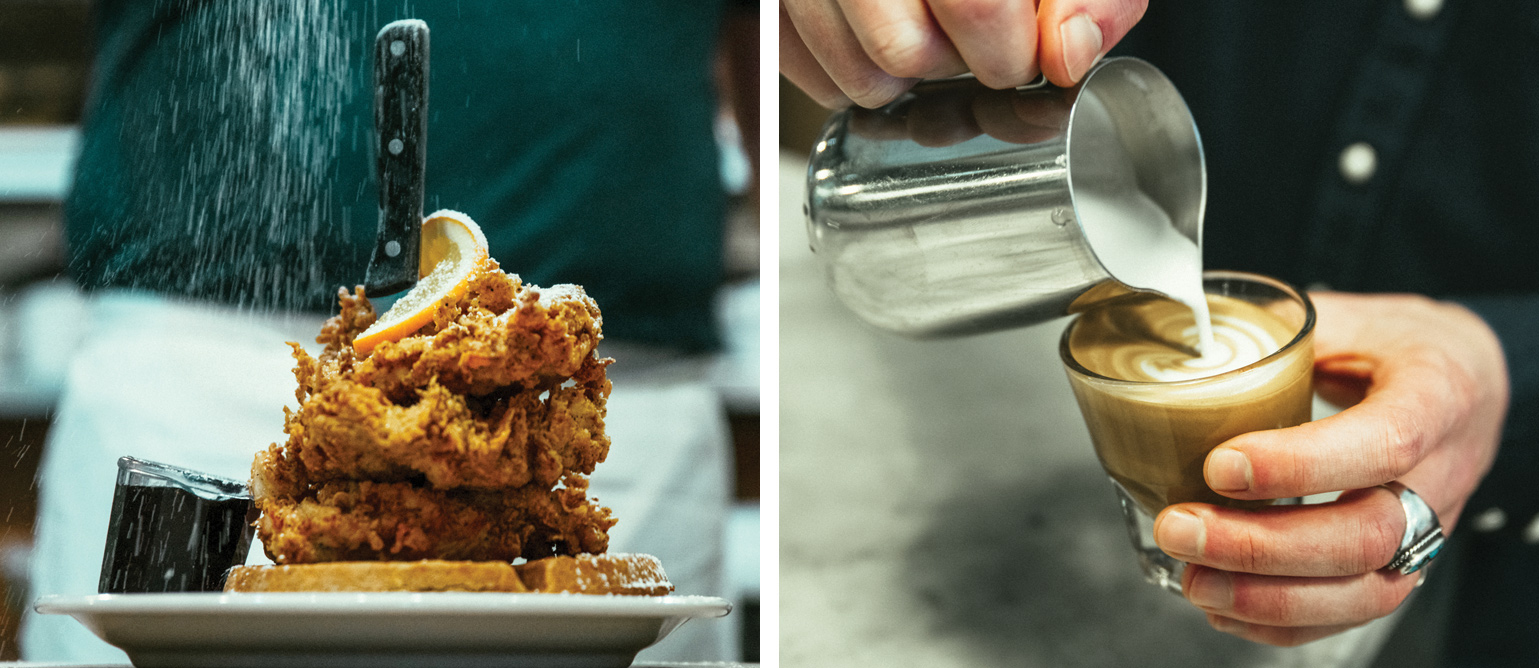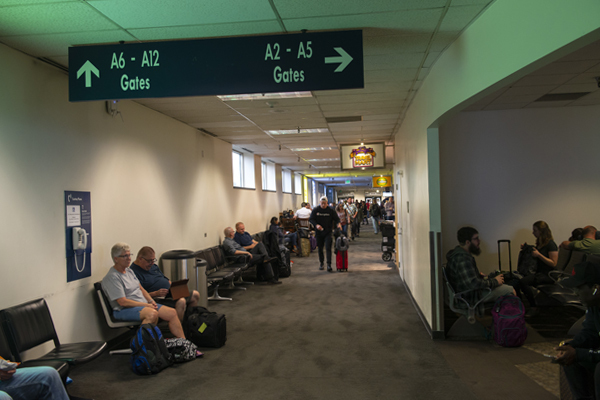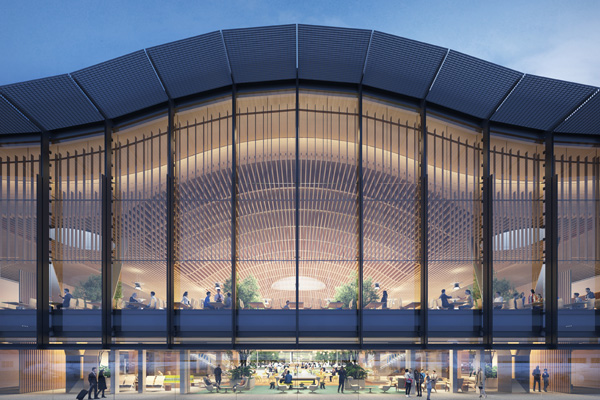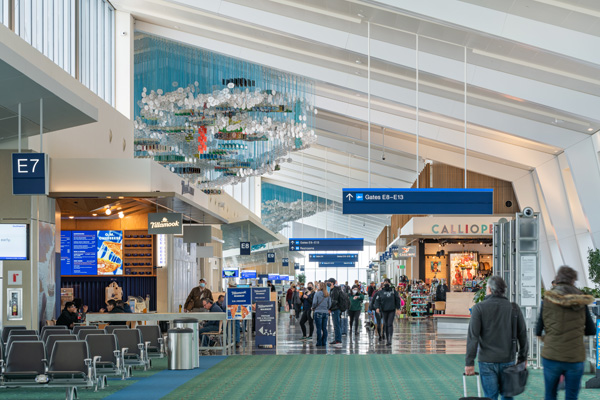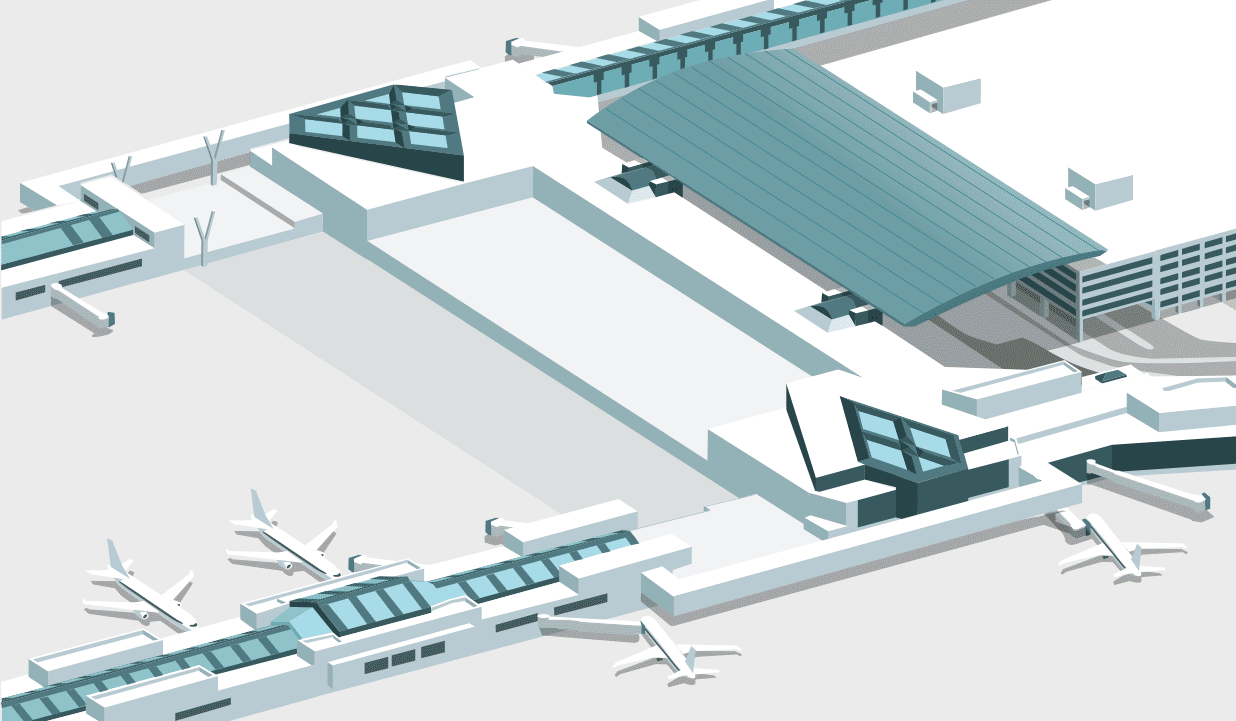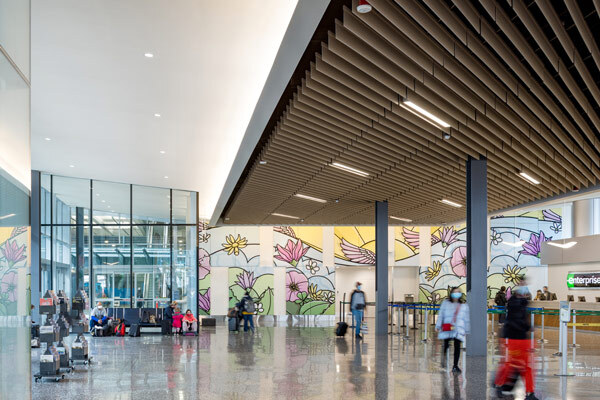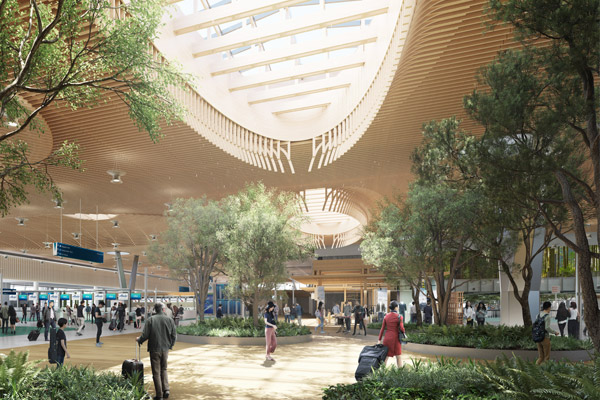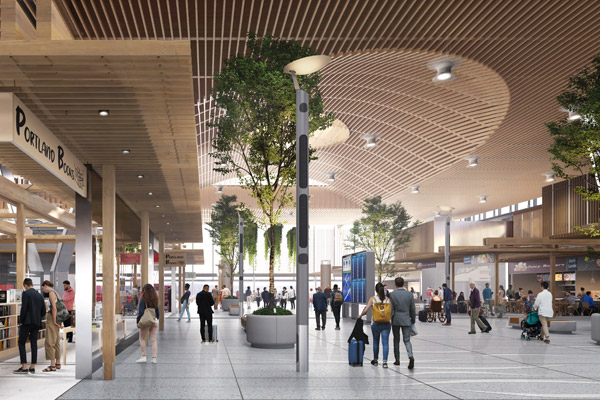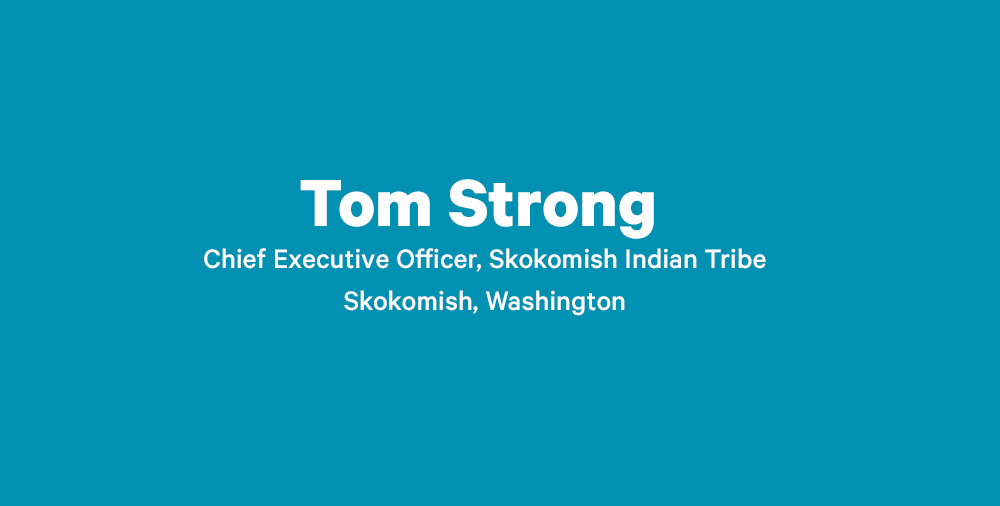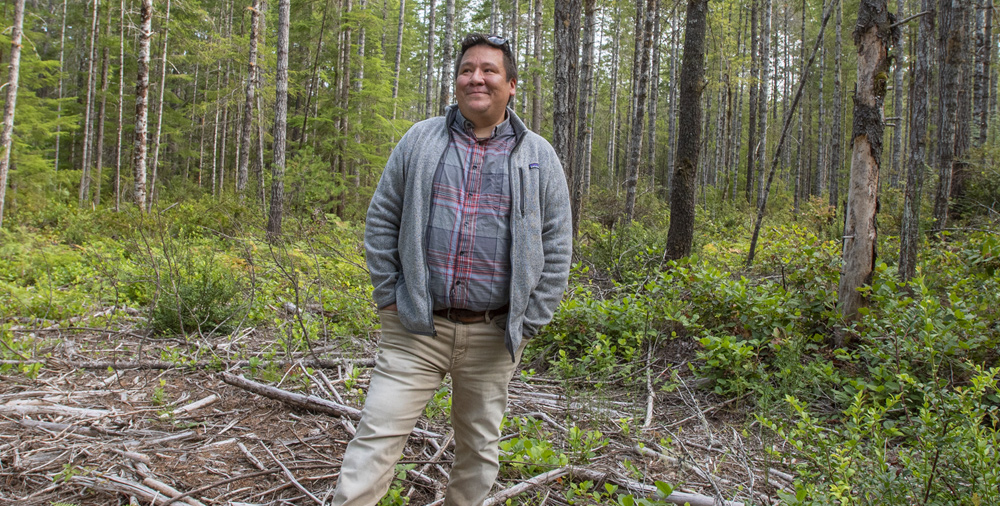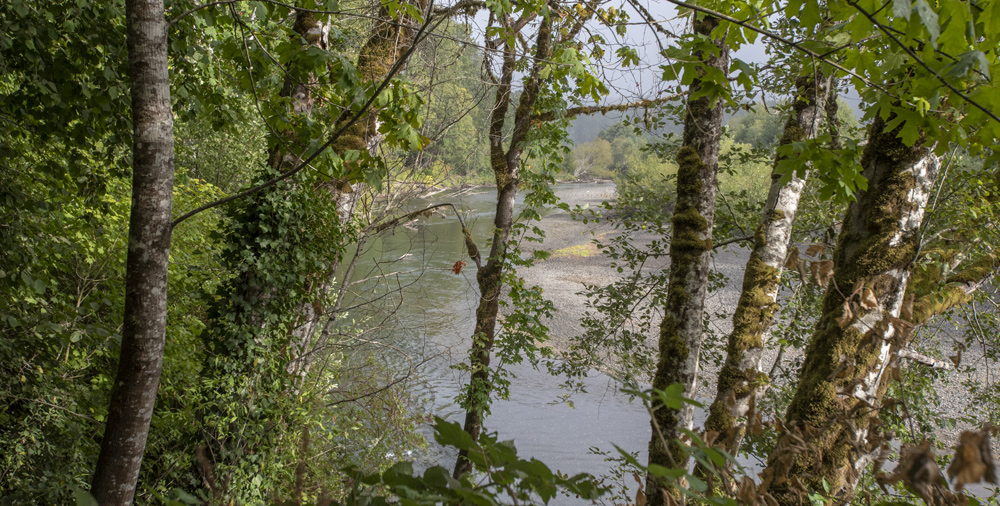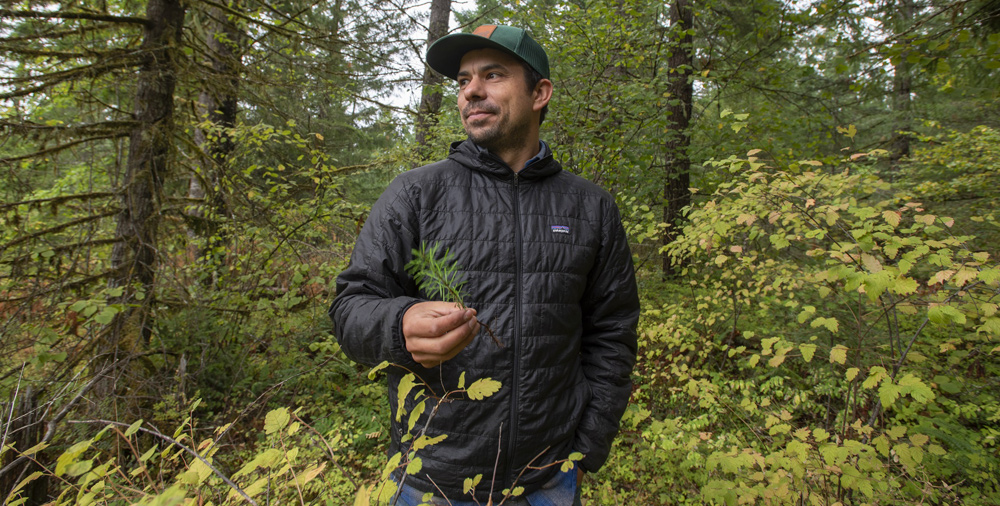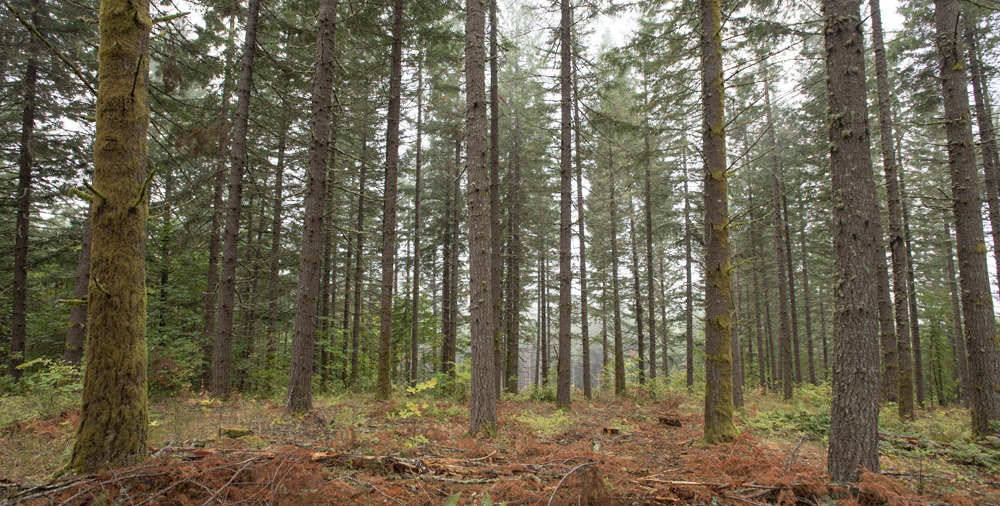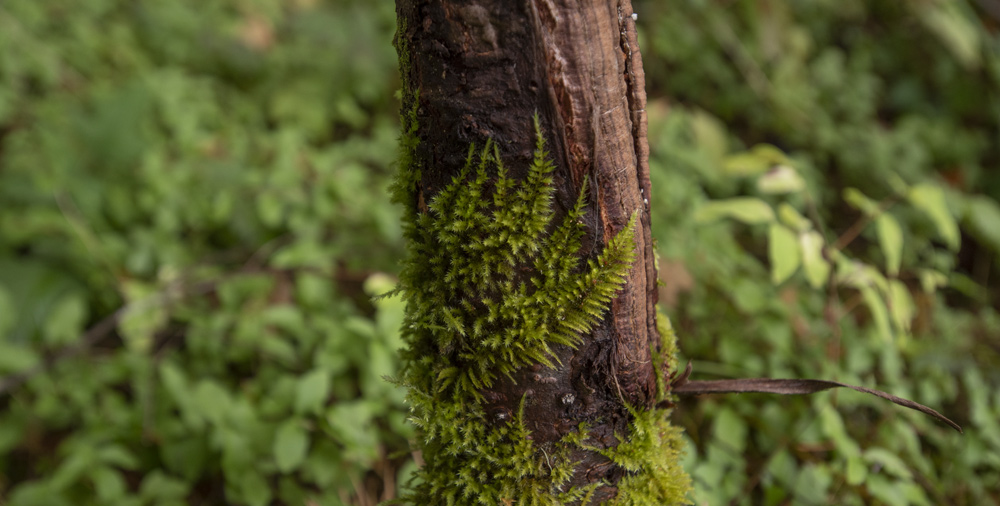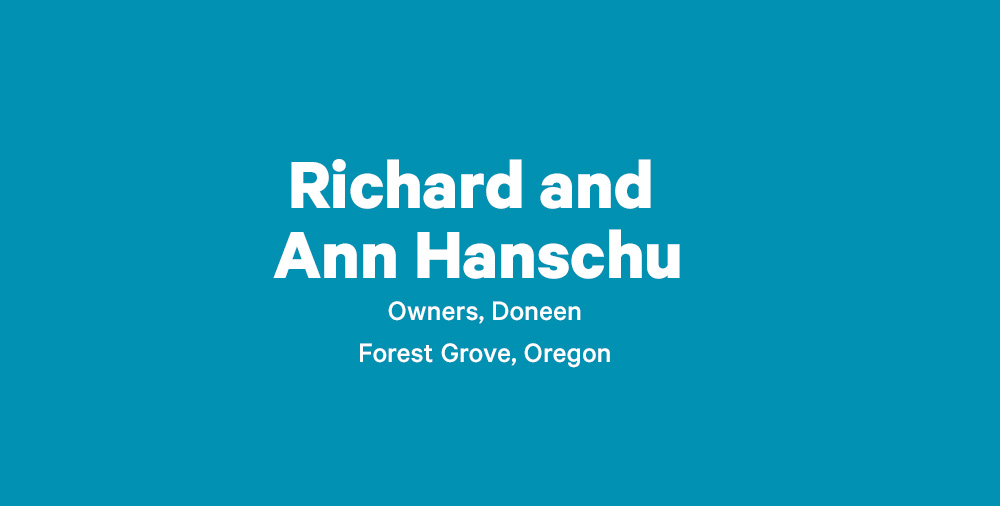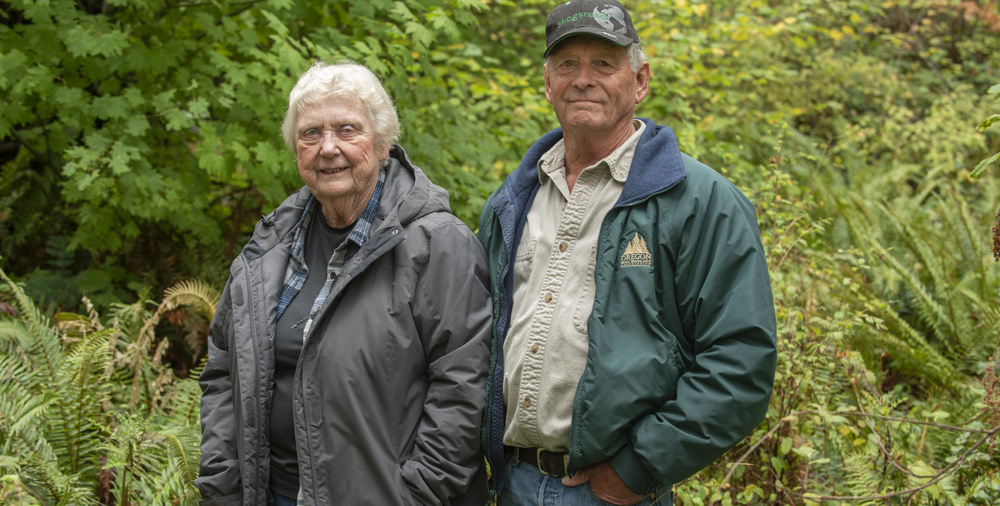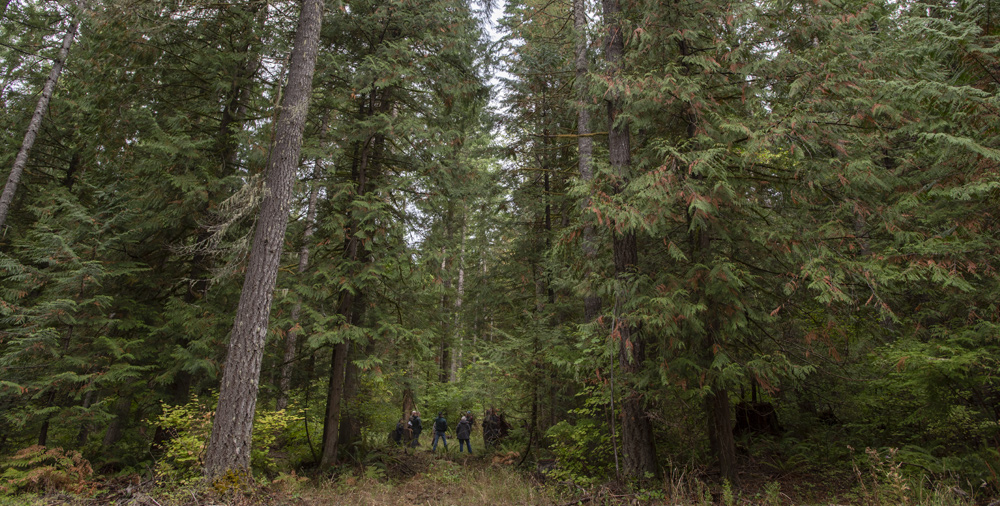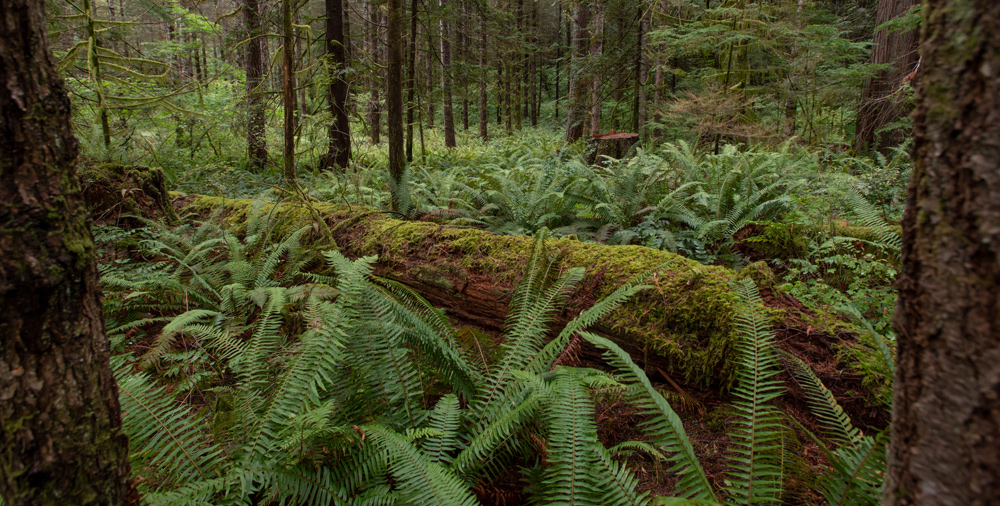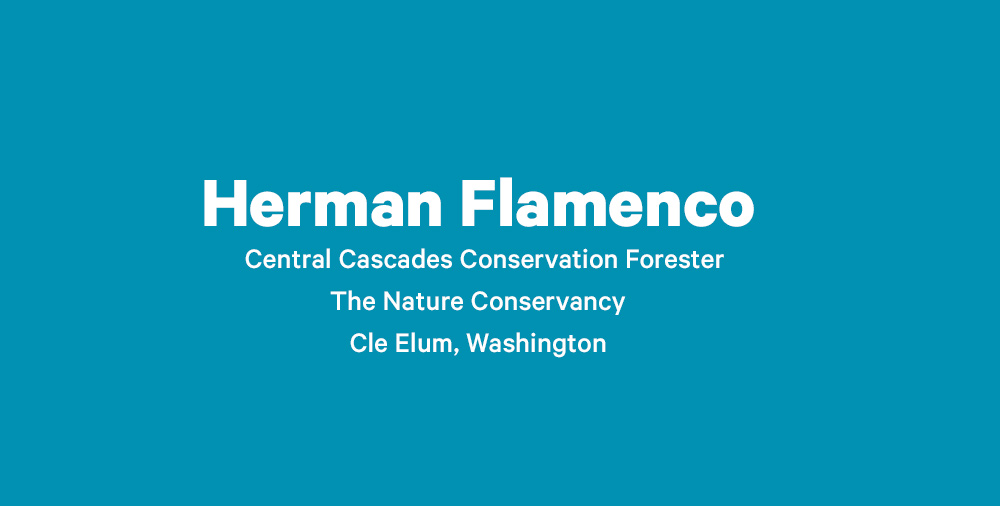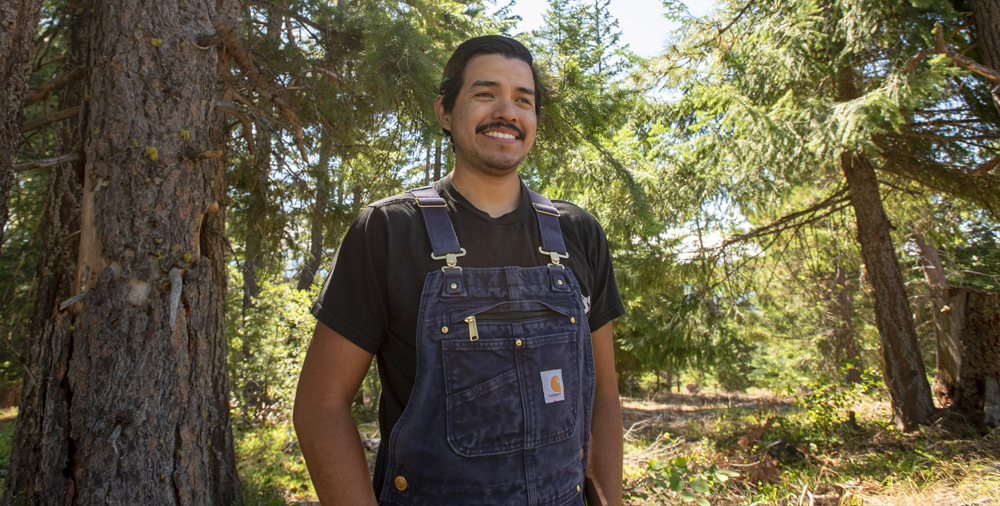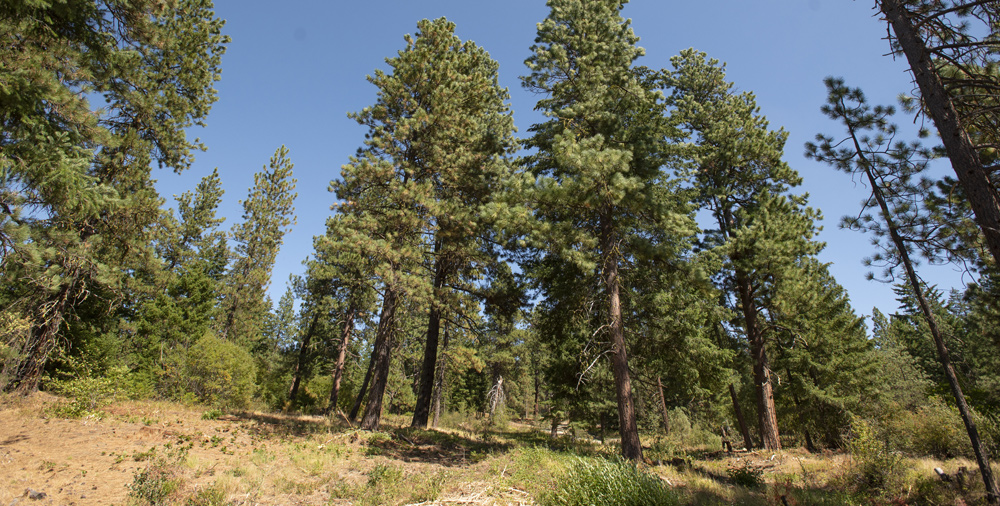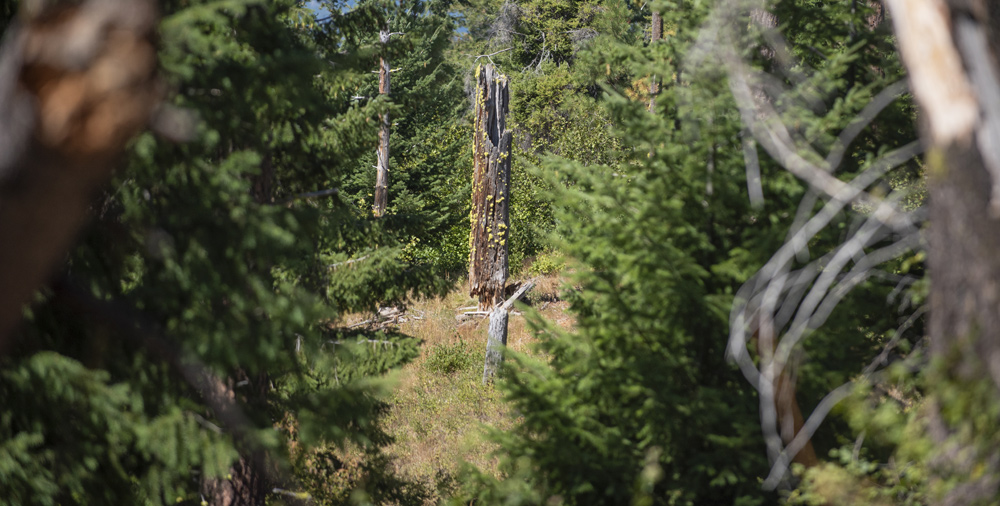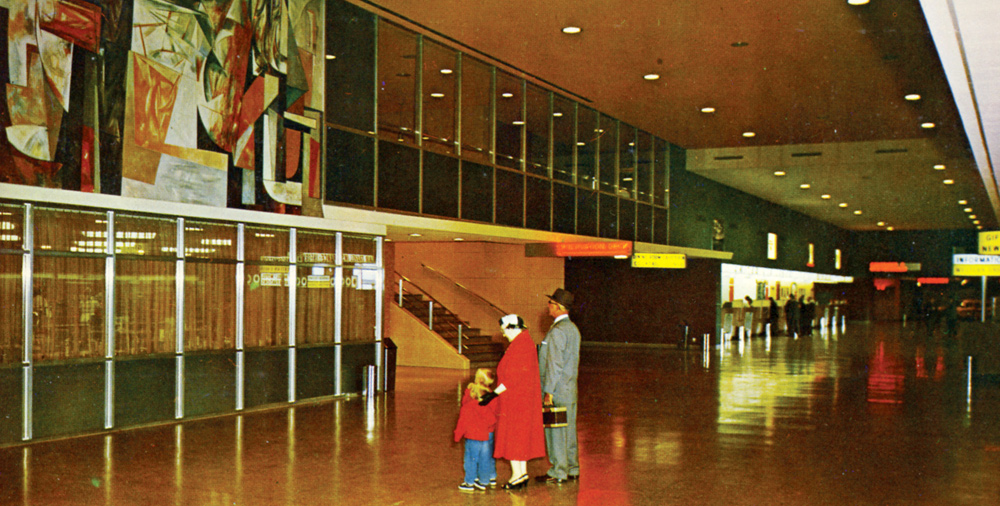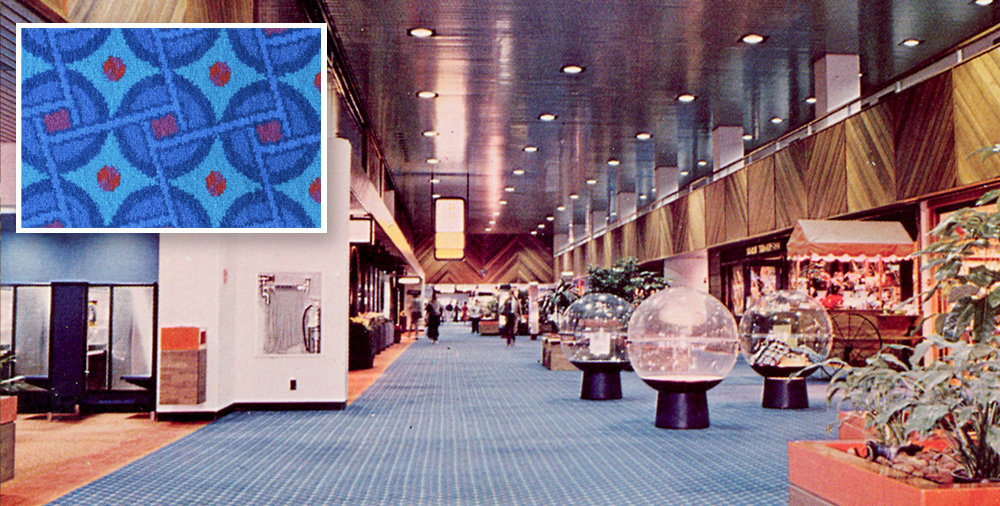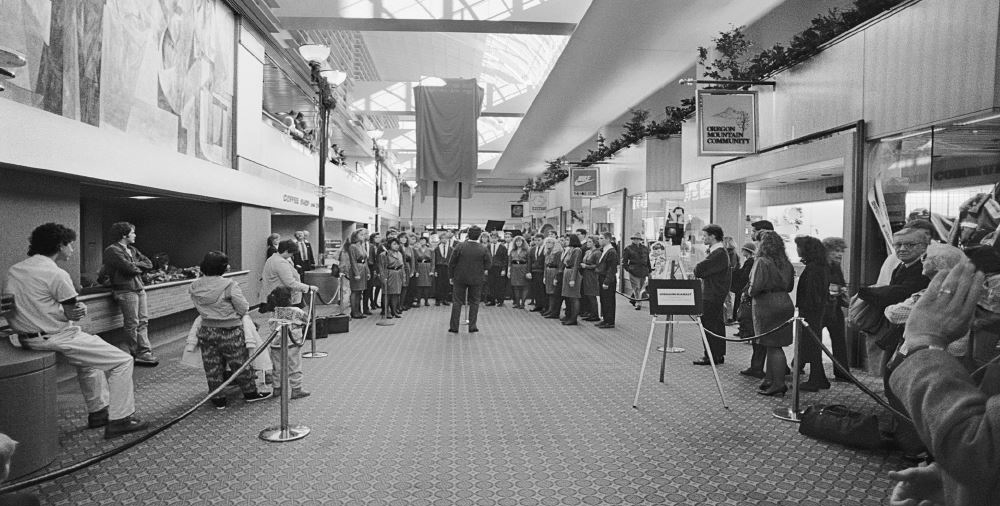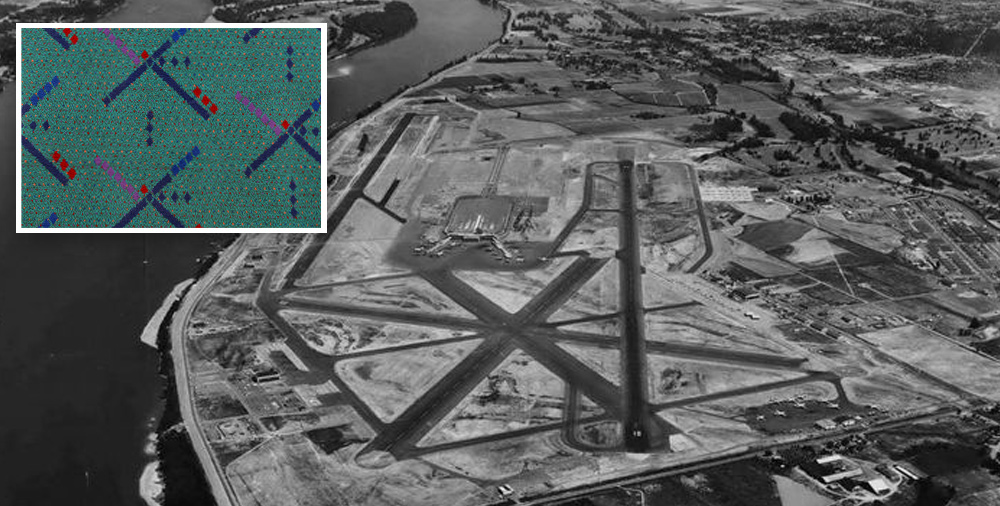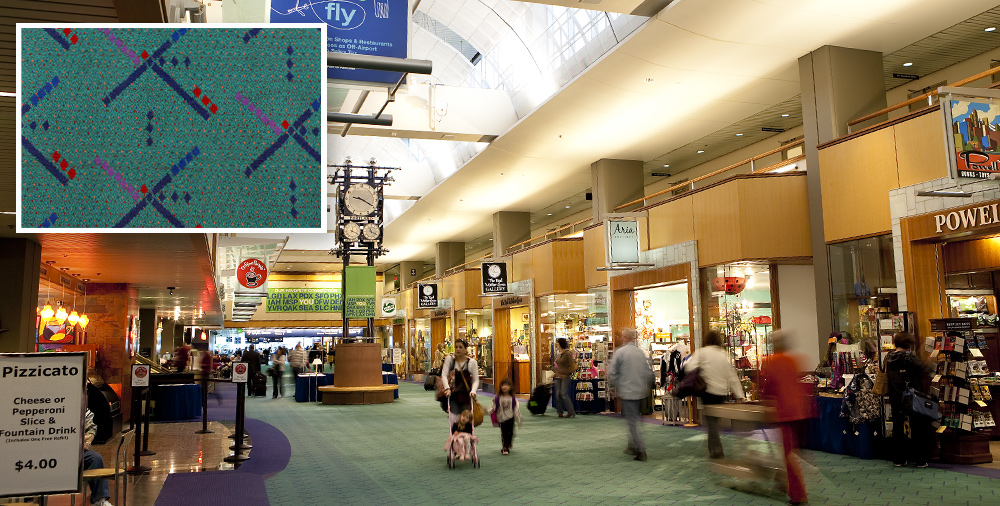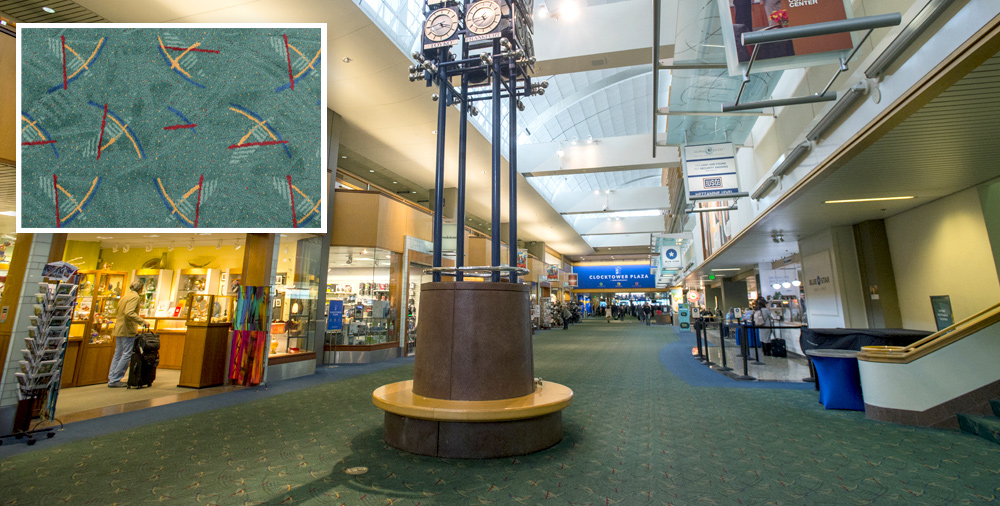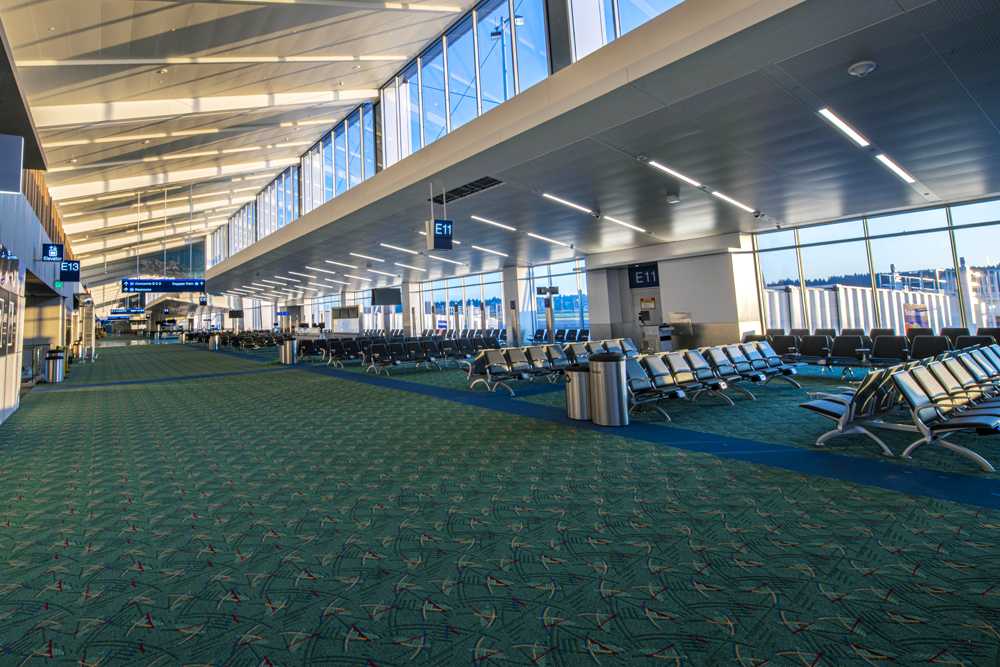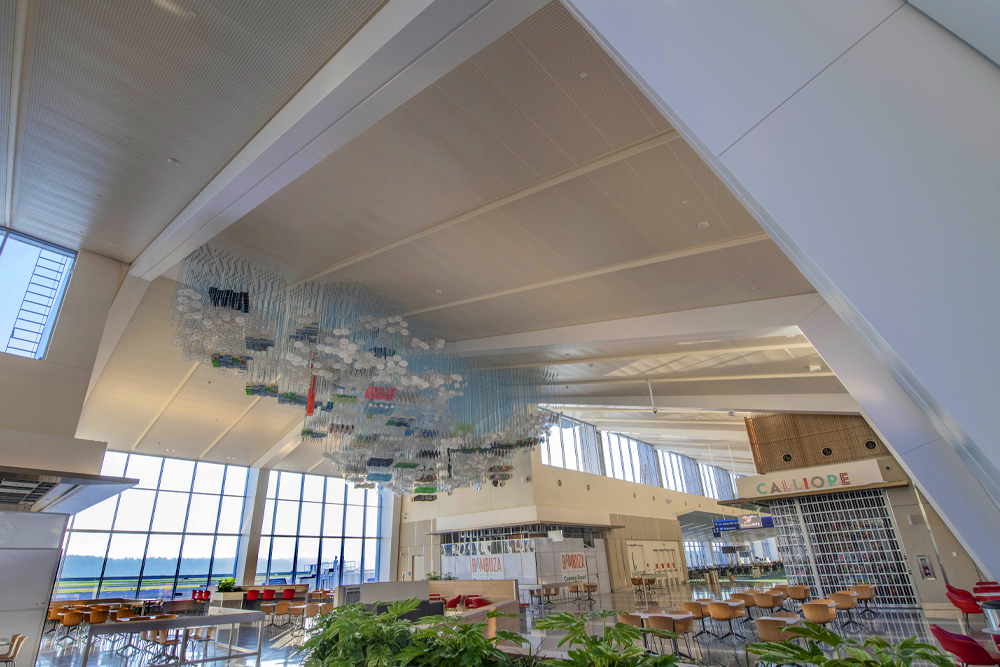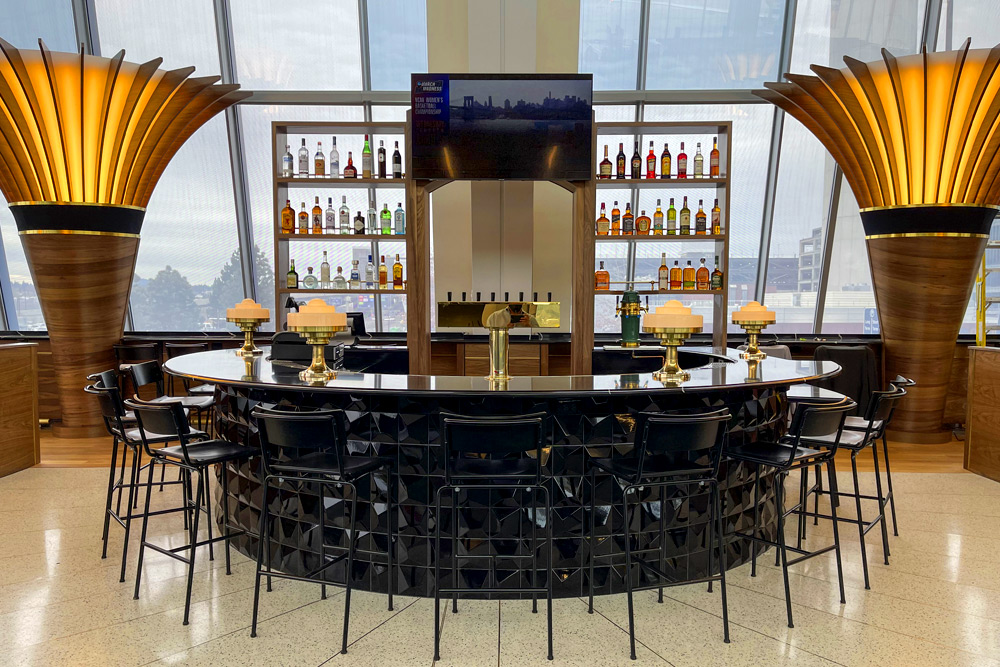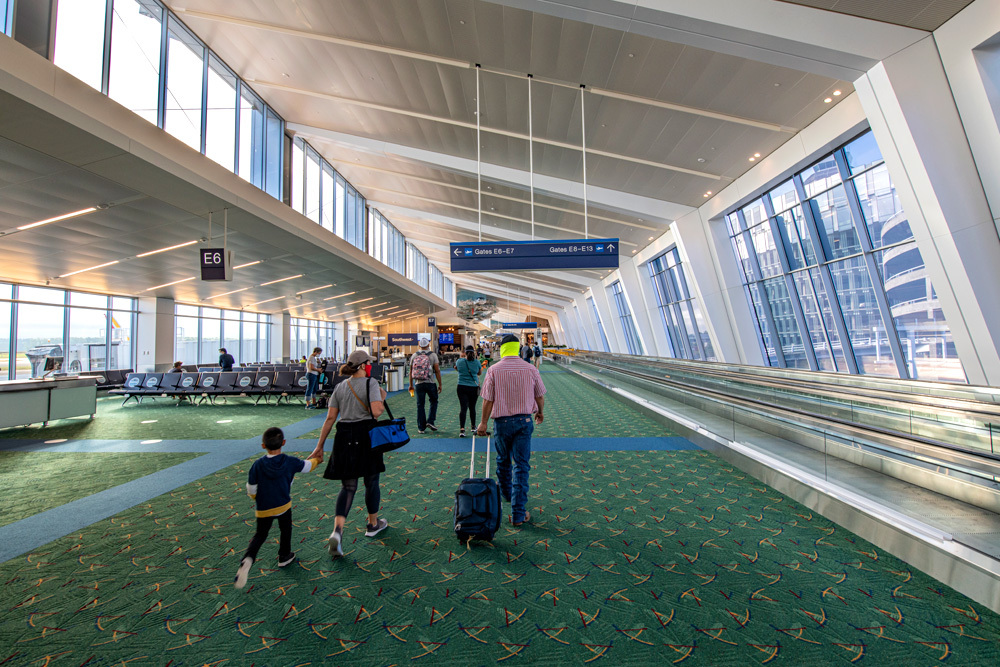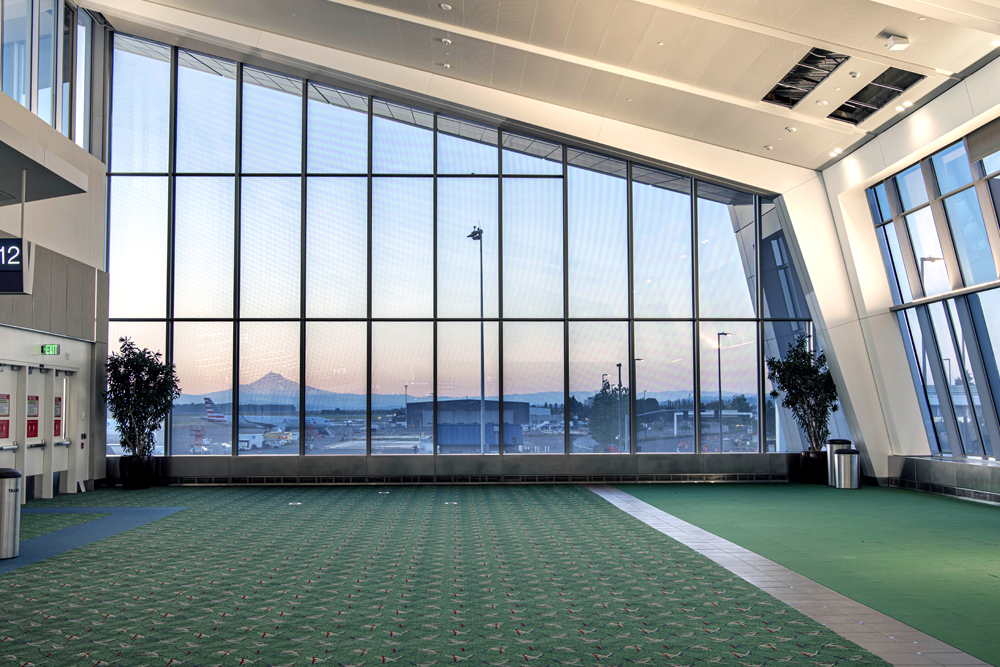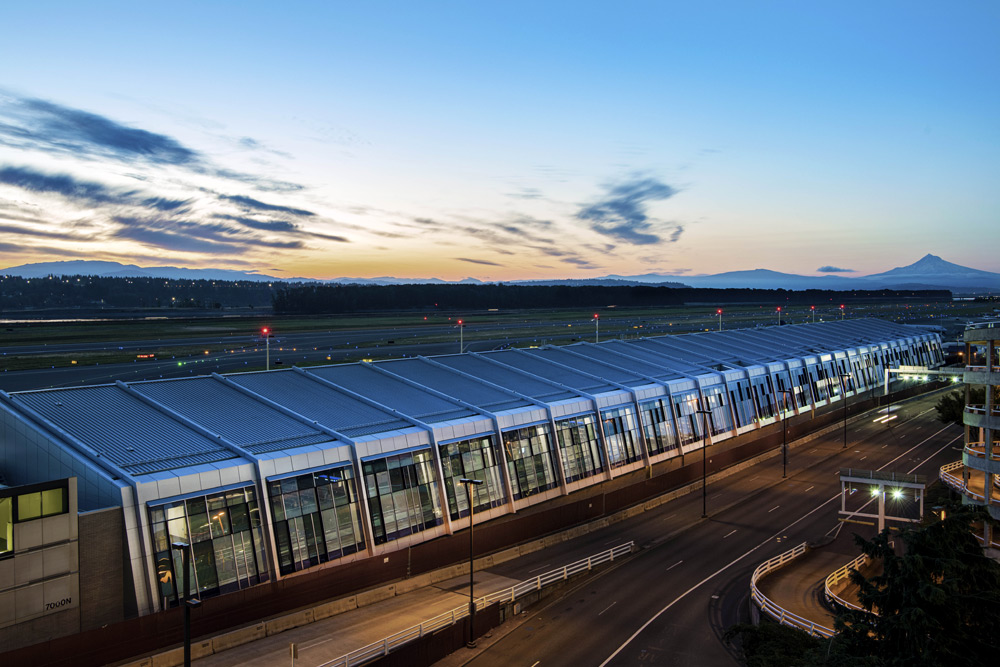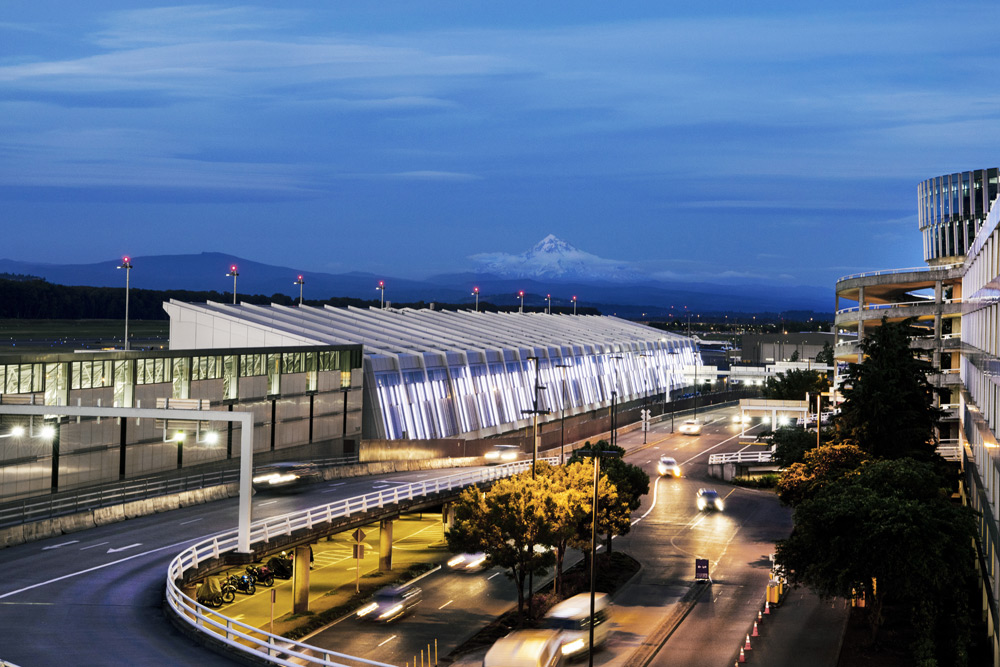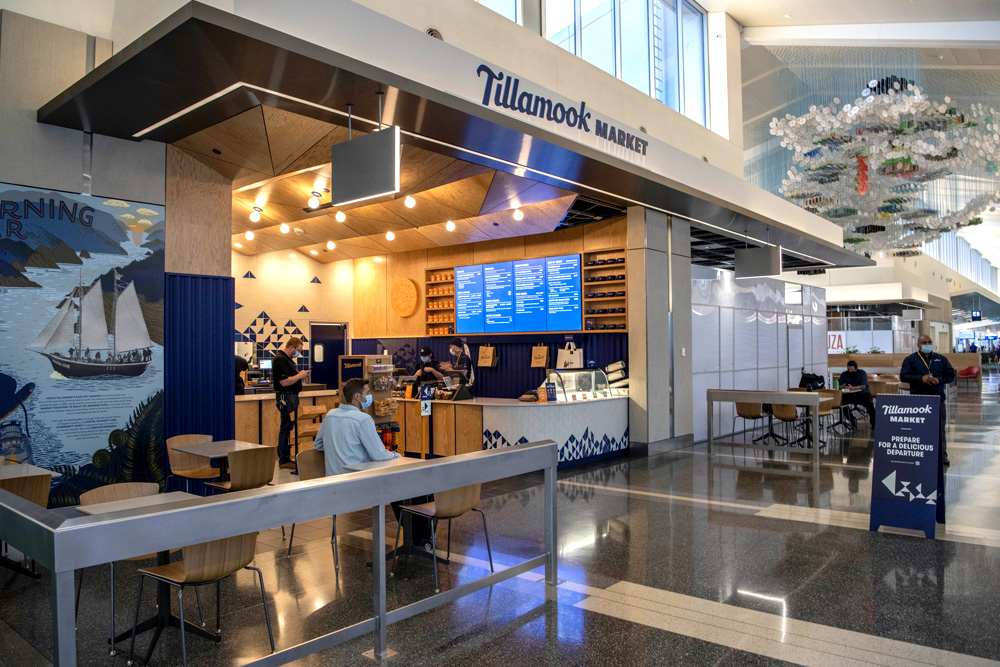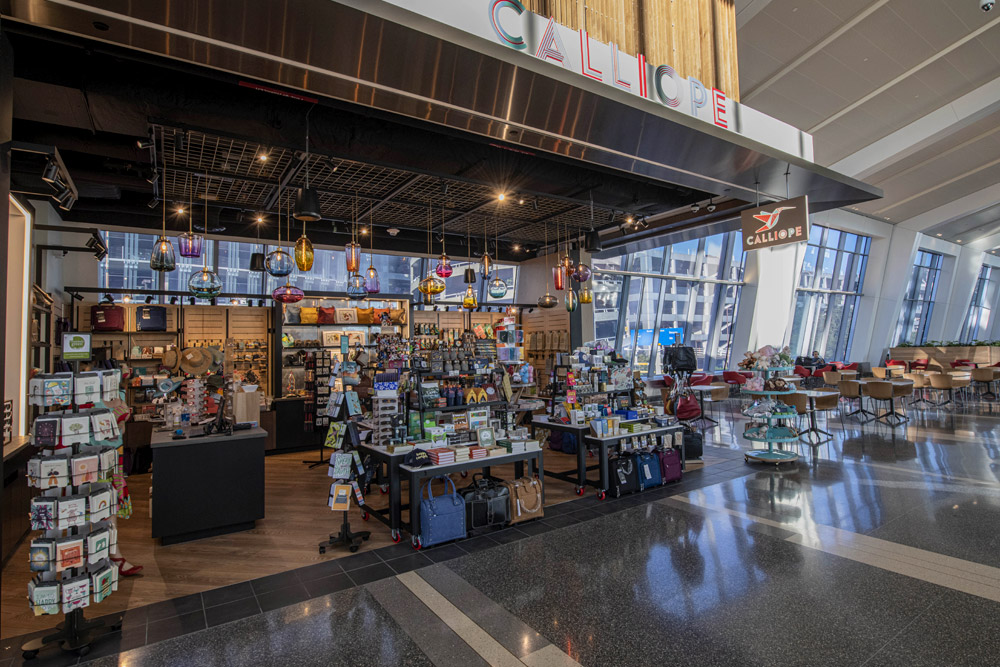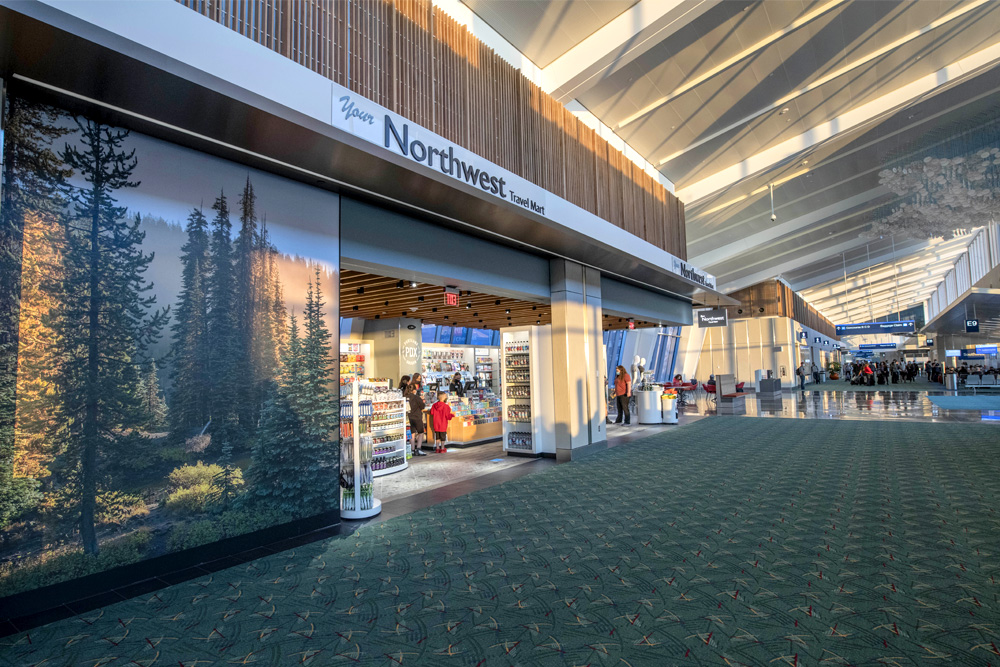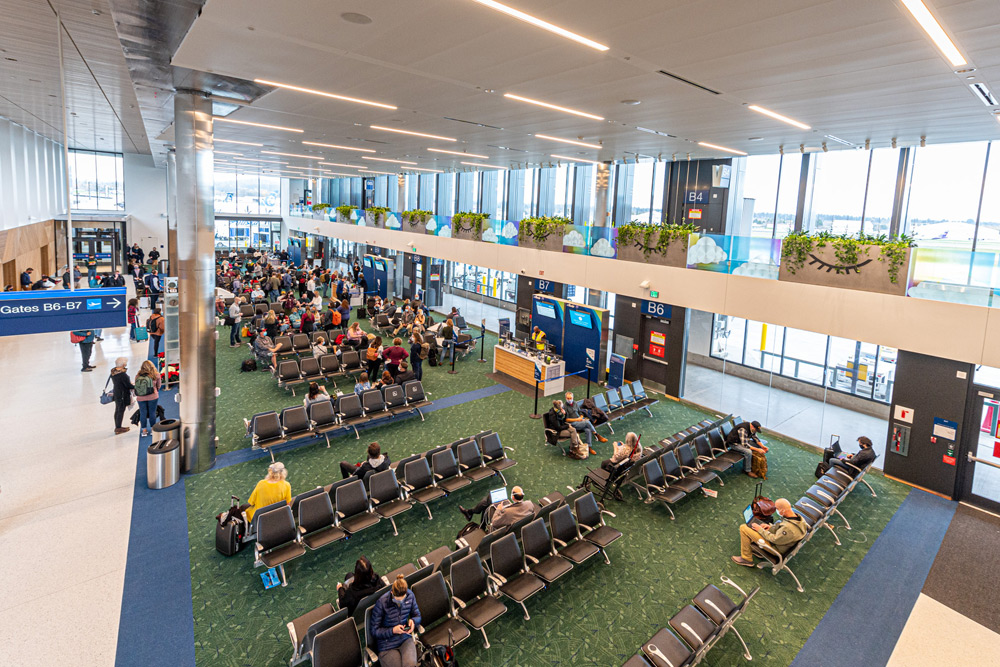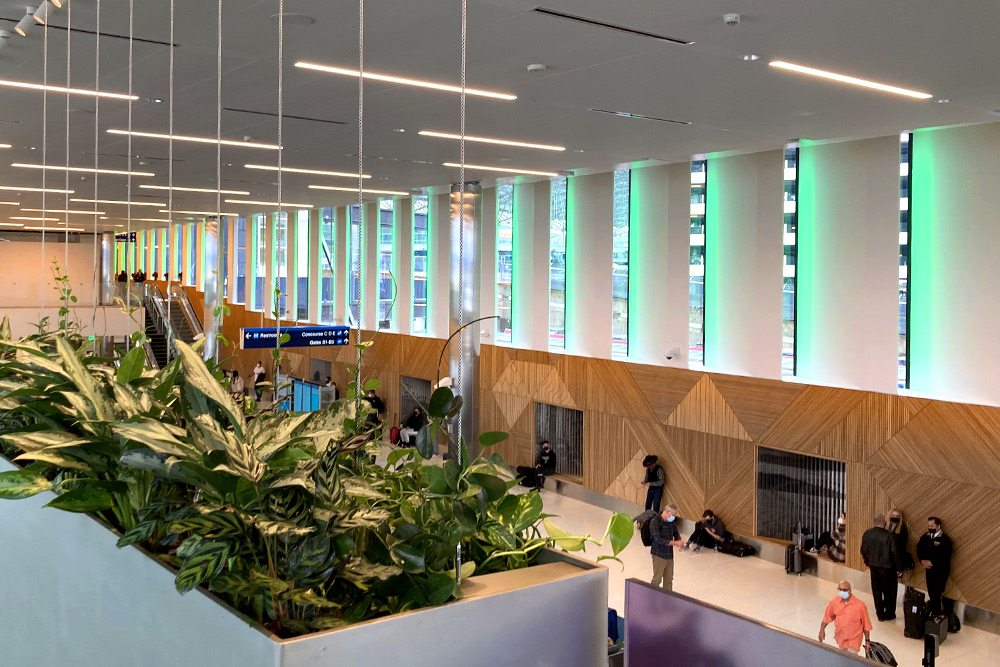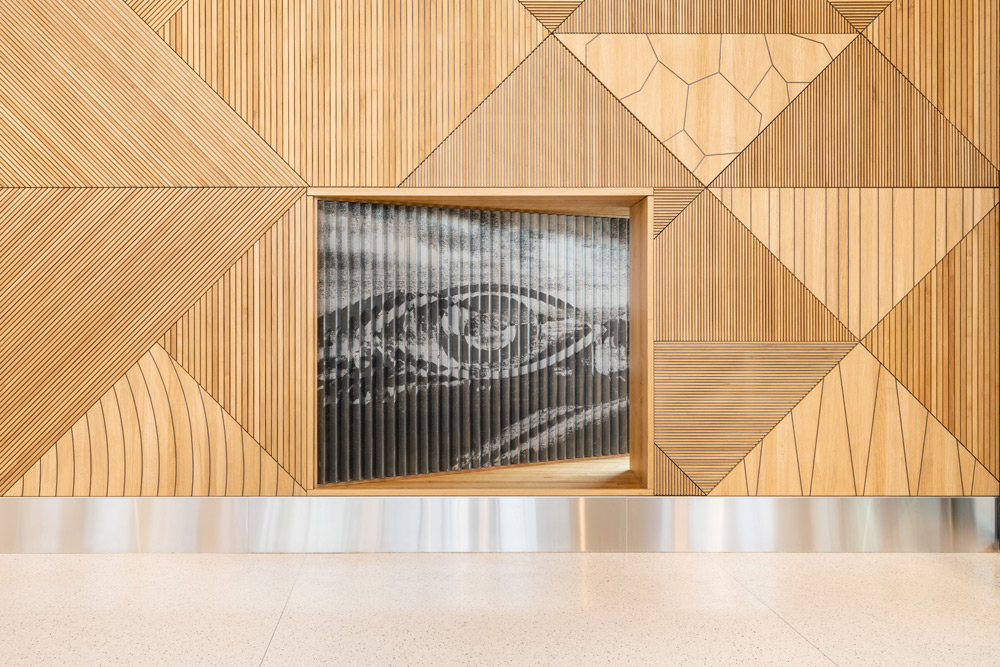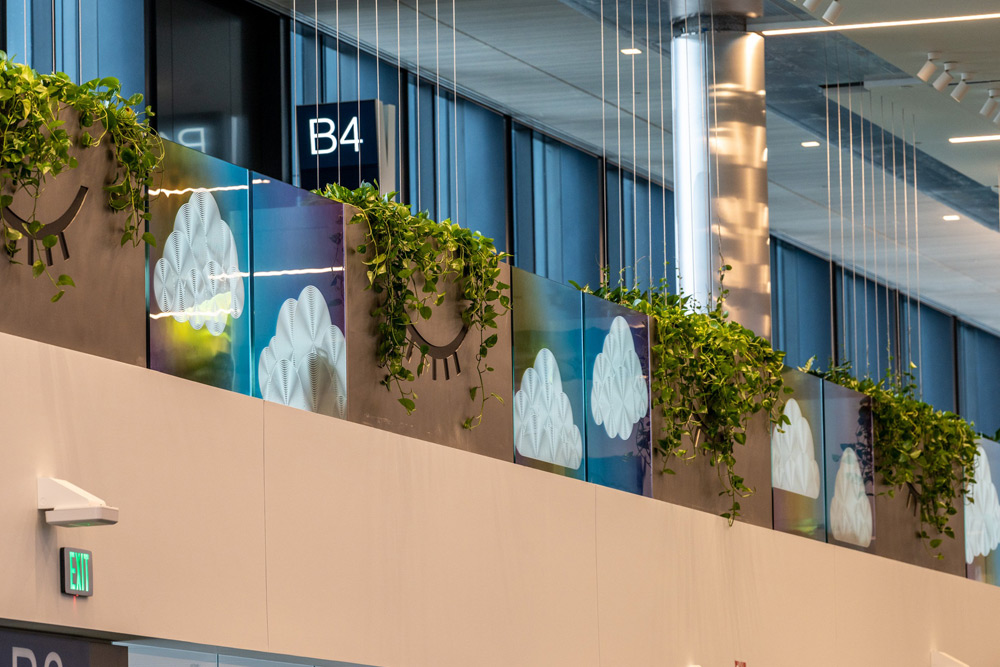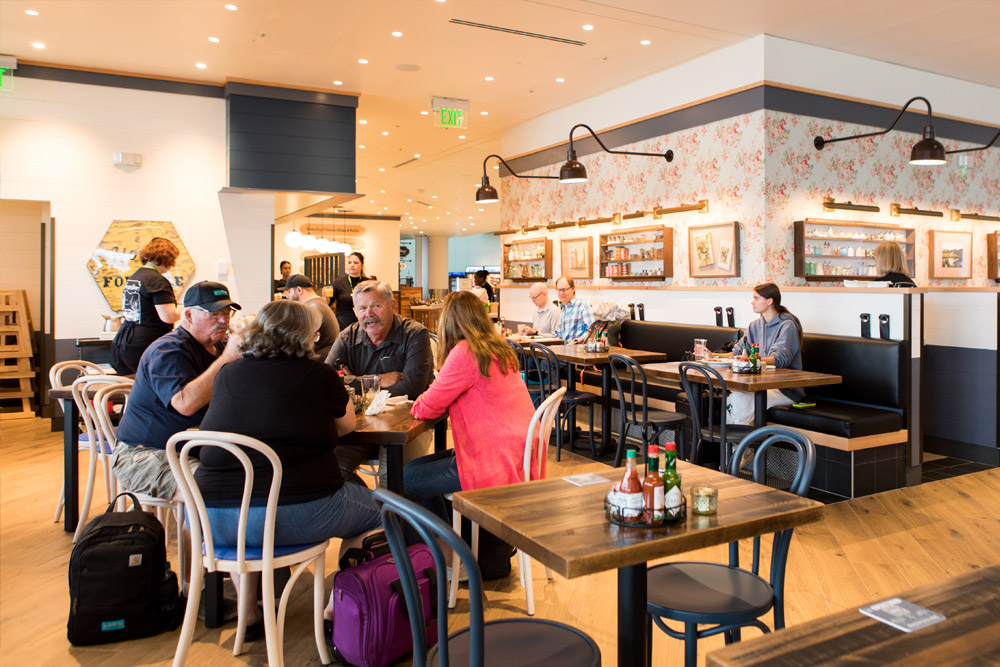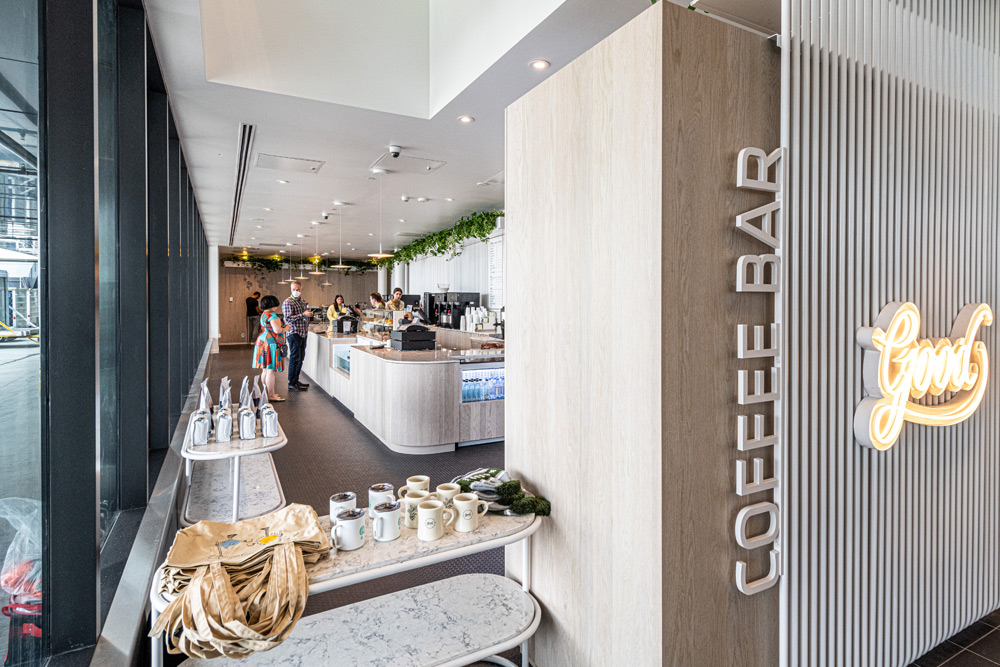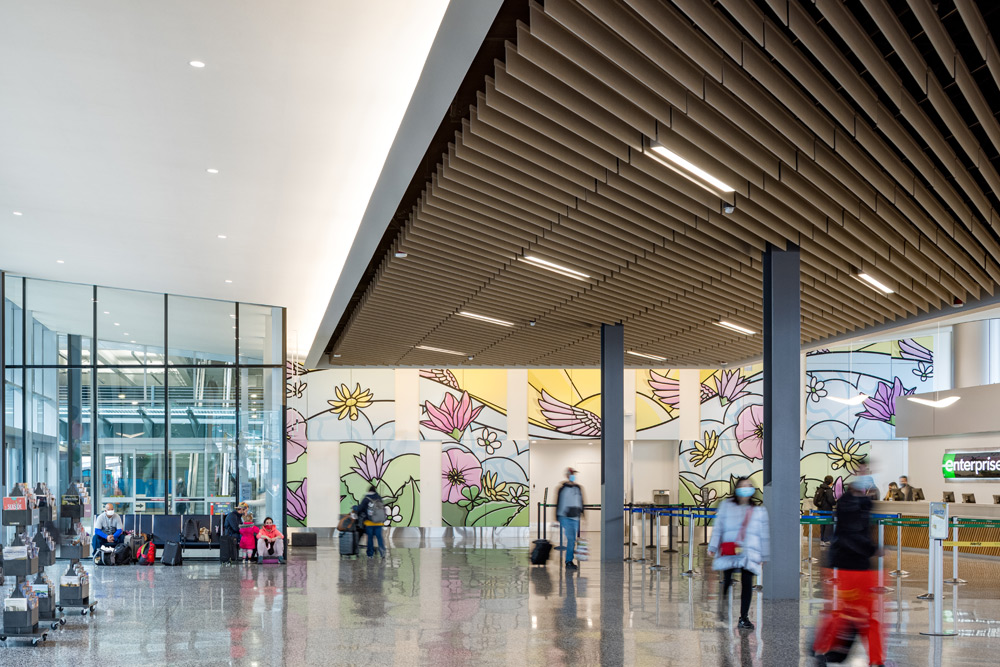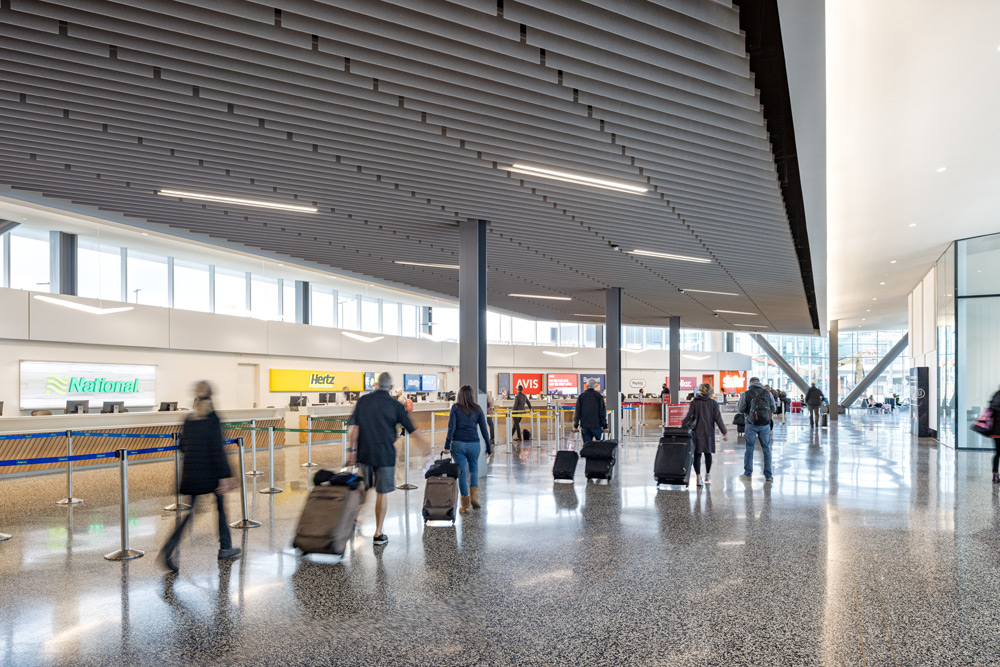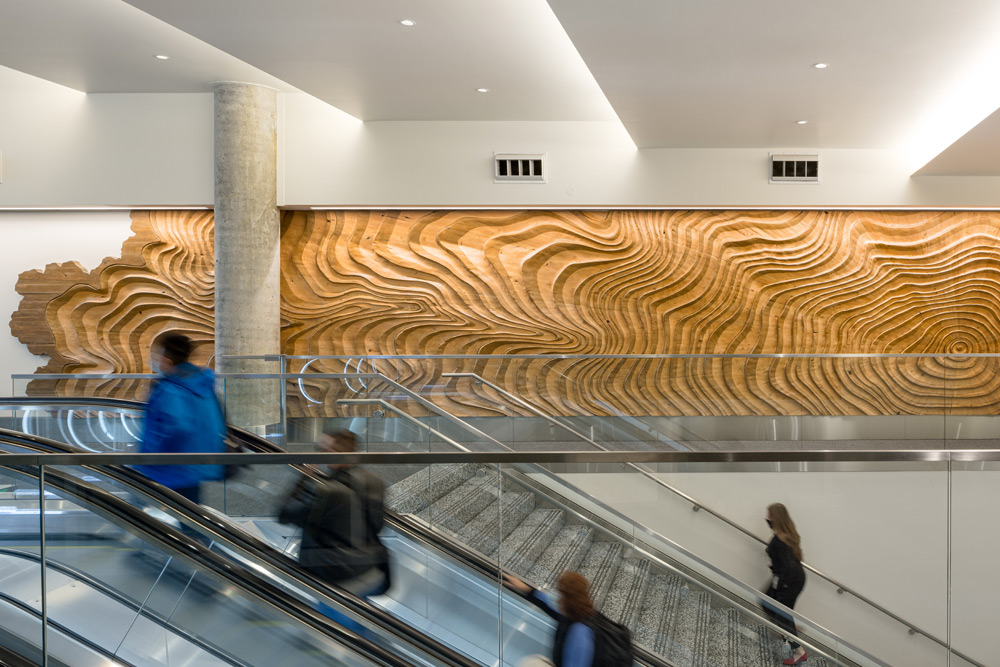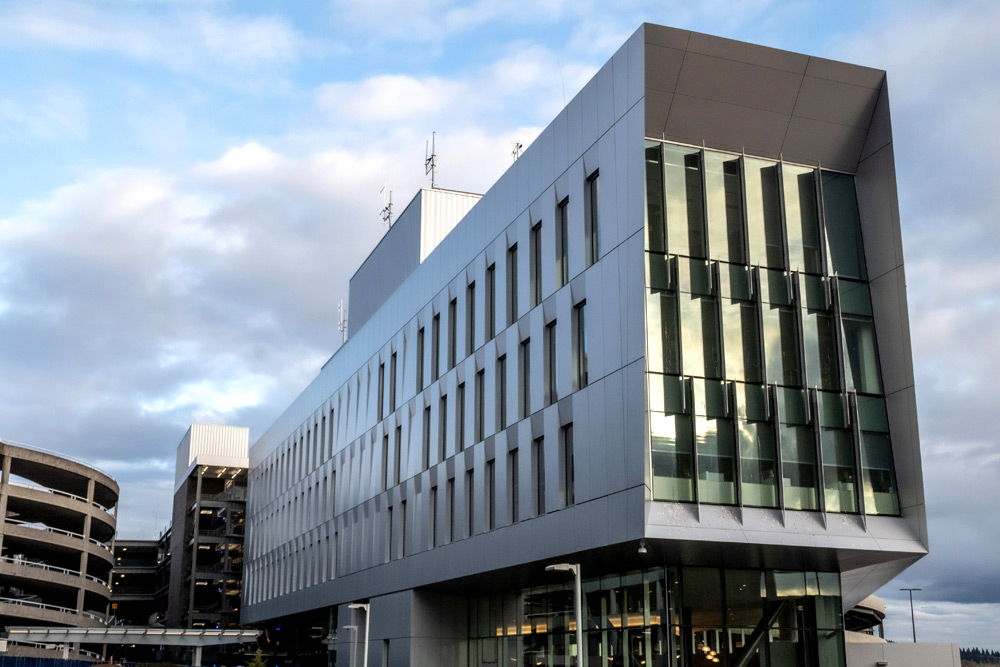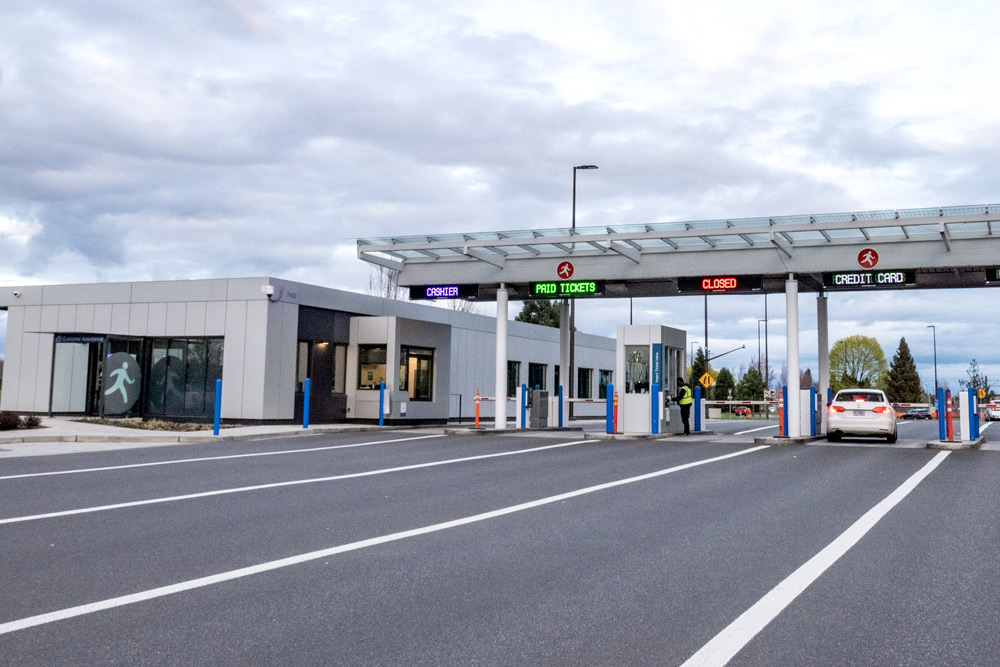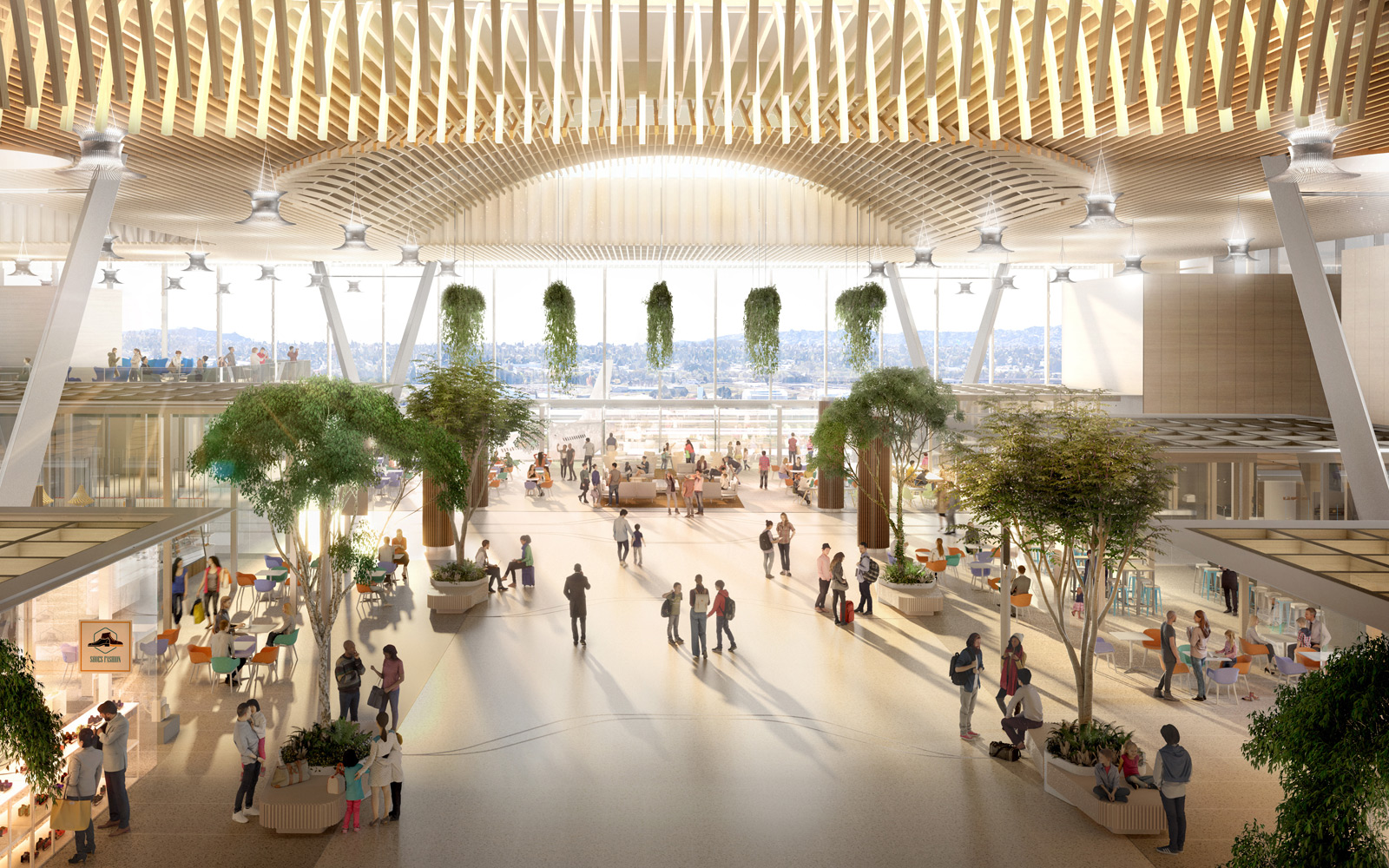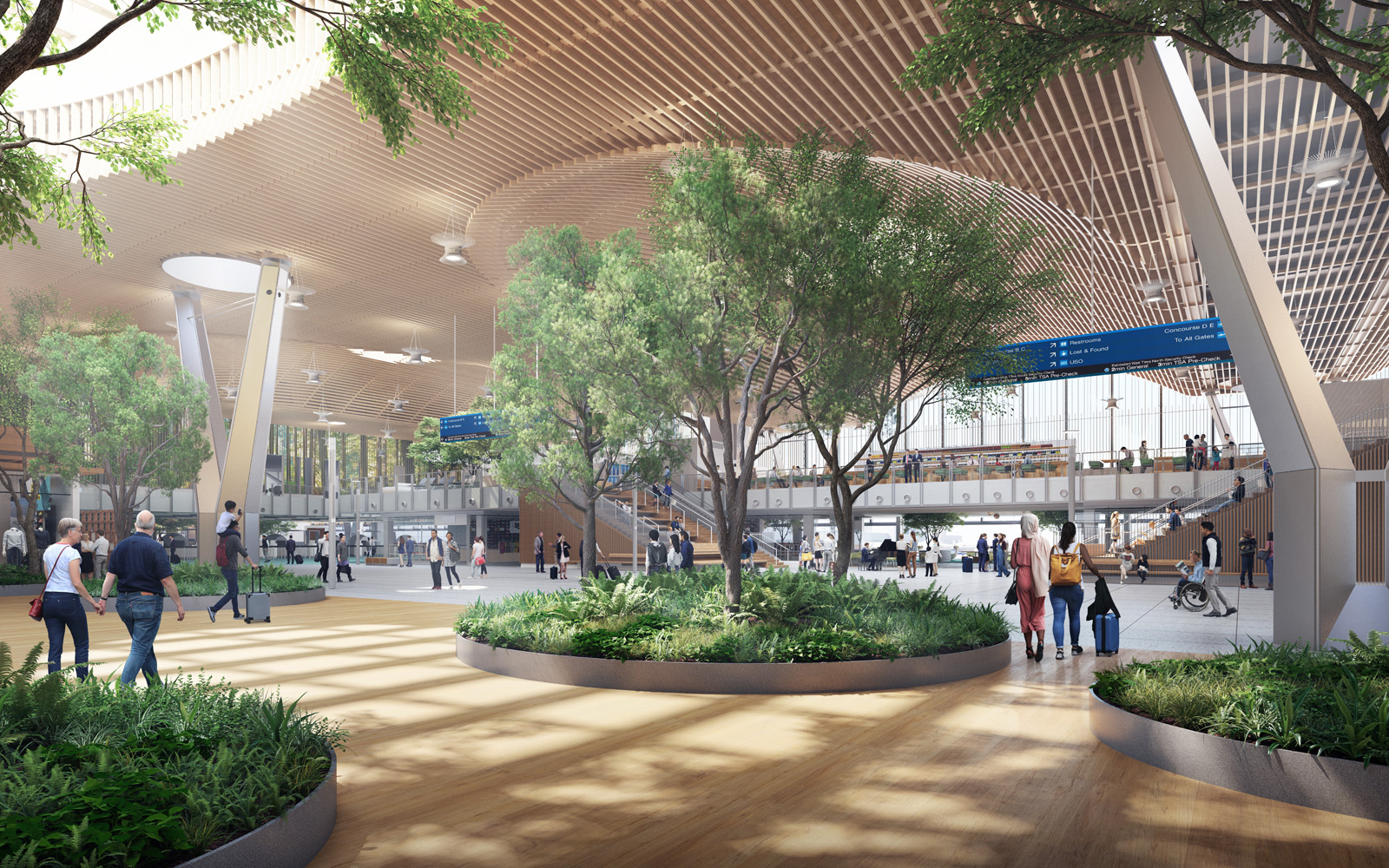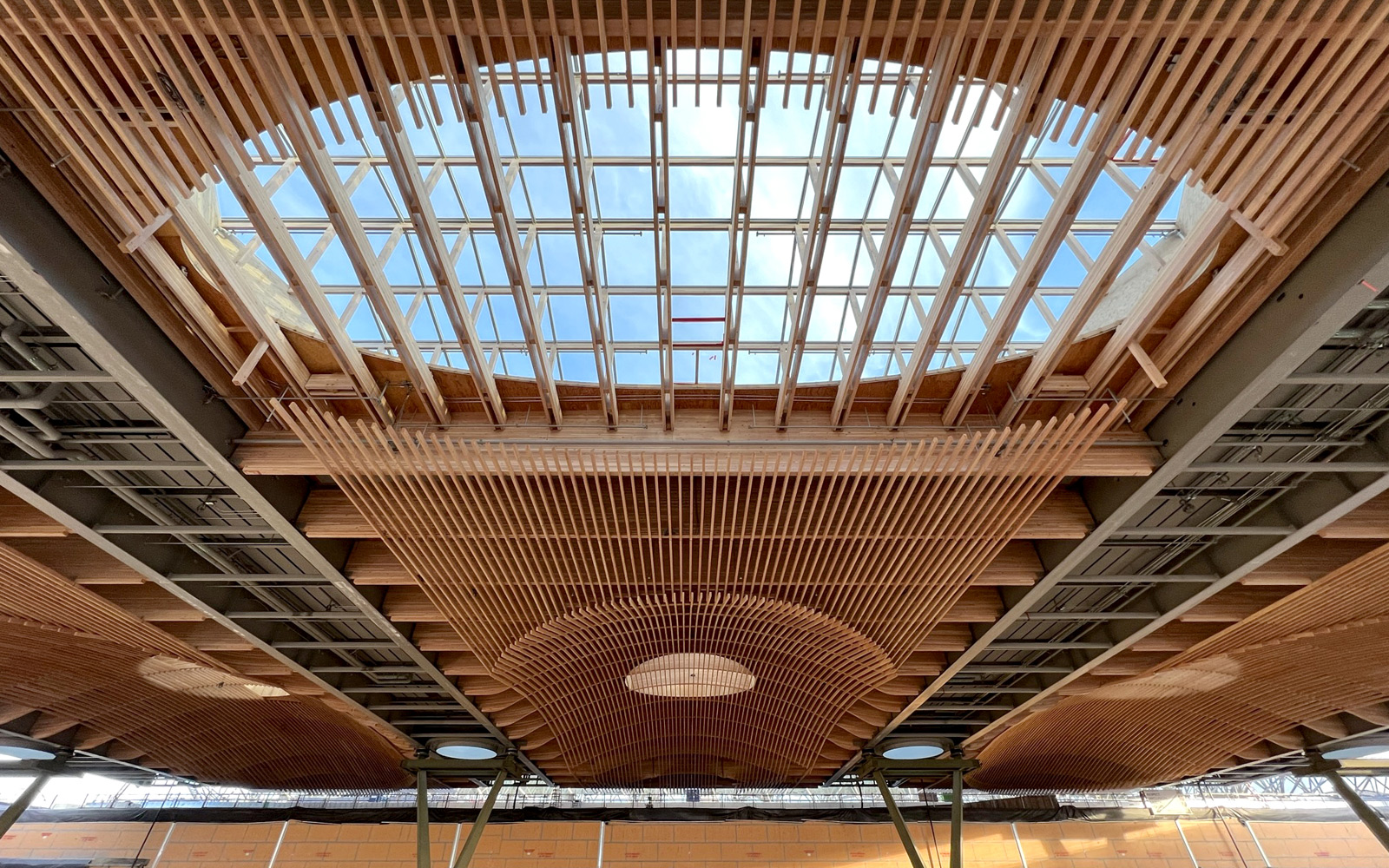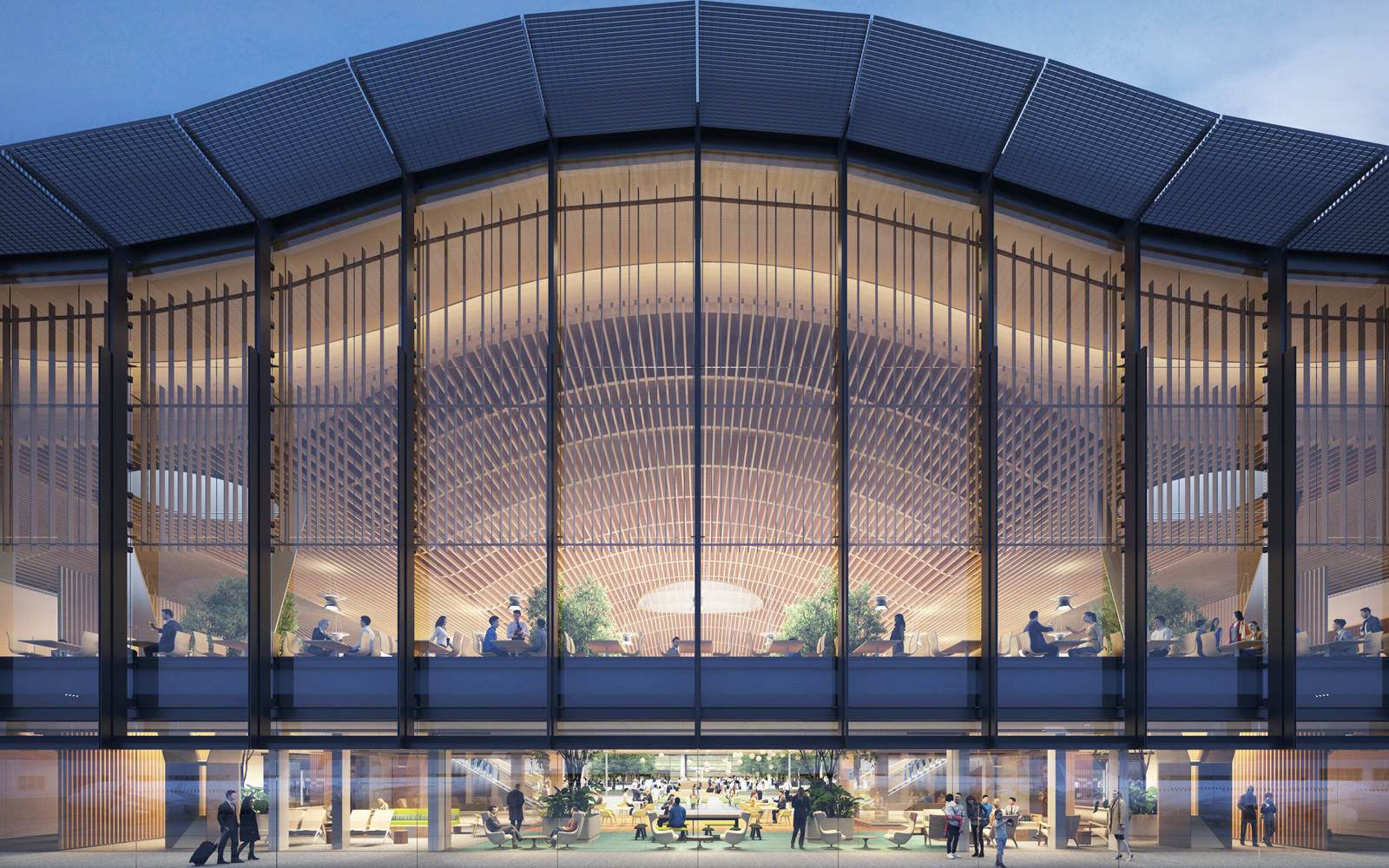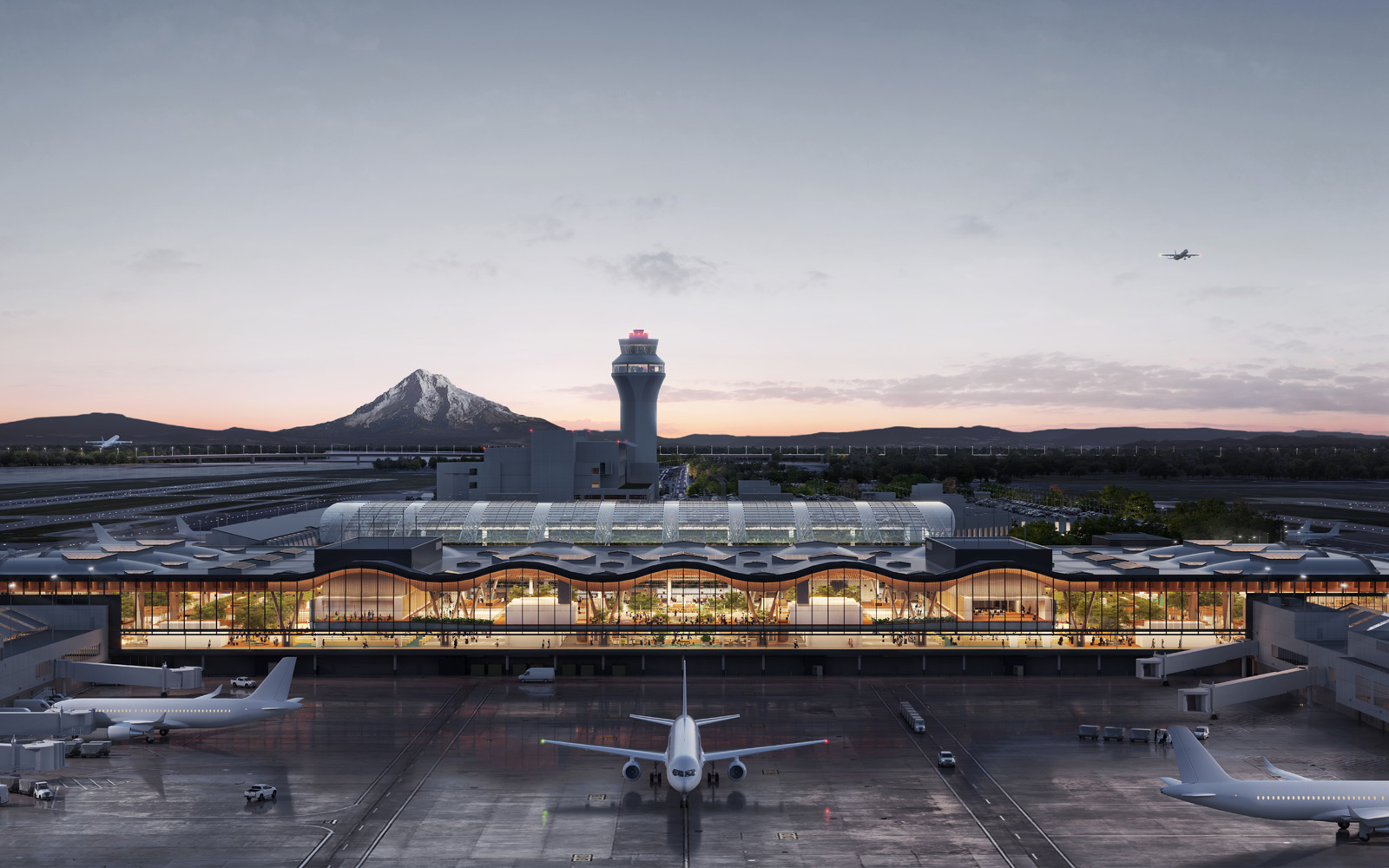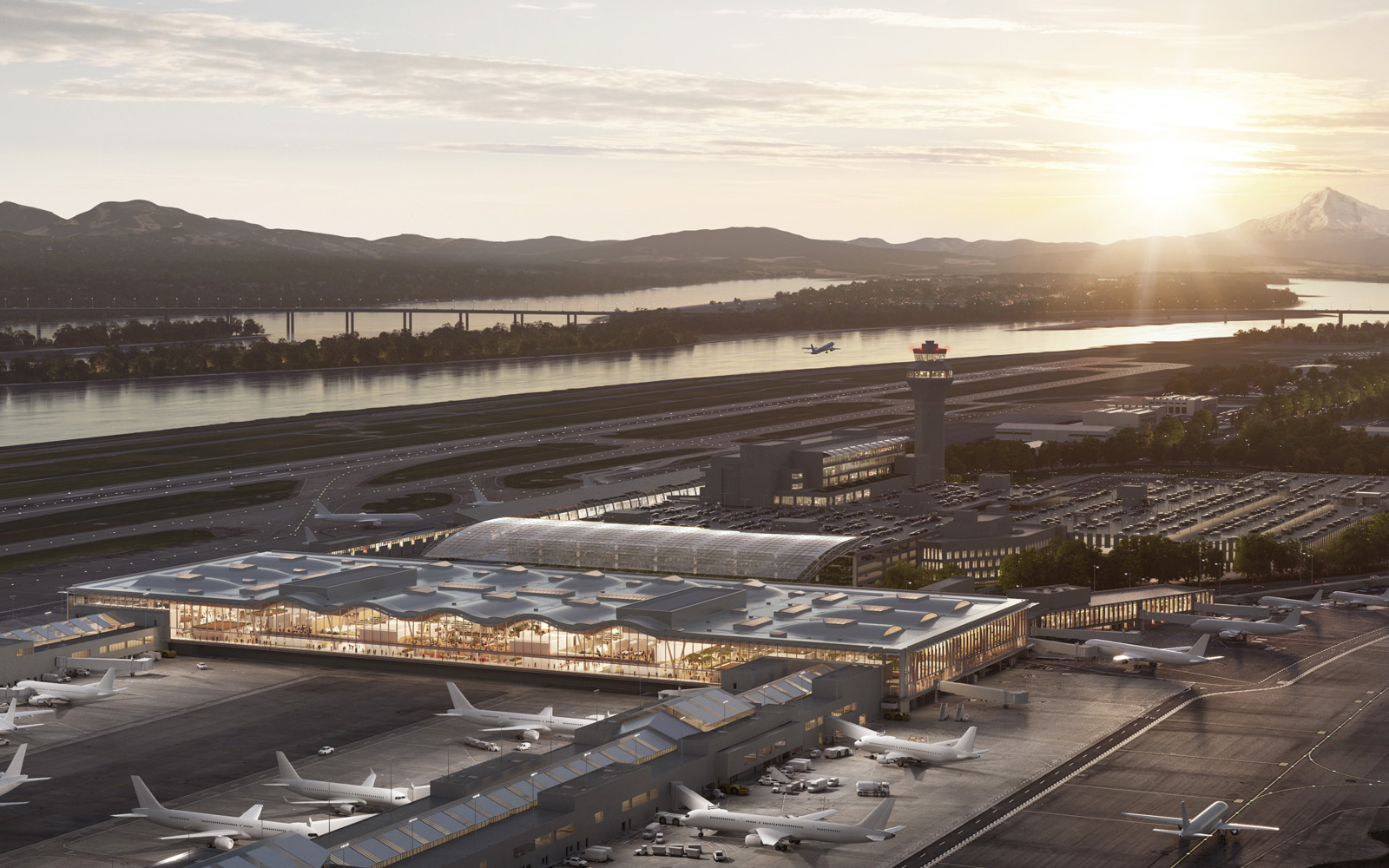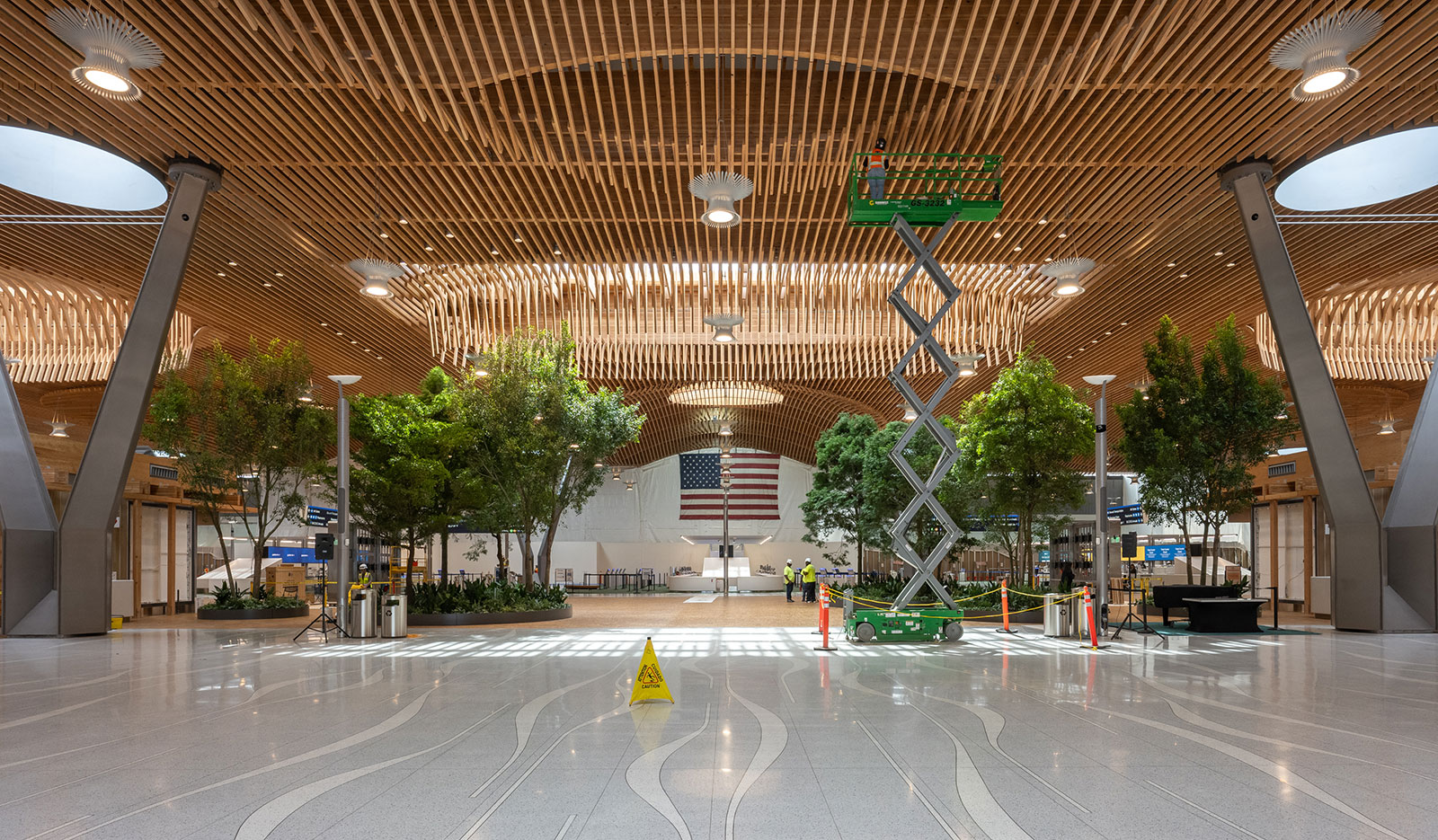
The new PDX starts opening on August 14, 2024! We’re excited to show you what more than 30,000 locals came together to build. We can’t wait to see everyone looking up at the skylights, taking carpet selfies, admiring the view of the airfield, and relaxing around the new restaurants.
If we have one piece of advice for travelers visiting the new PDX, it’s this: Arrive earlier than usual for your flight.
Not just to admire the art and take a few photos. Adding extra time to your schedule will help you learn the flow of the new space.
You’ll see the most dramatic changes at PDX this August. However, because we’re rolling out the new designs in two phases, some construction will continue until early 2026. During the next 18 months, you’ll still come across construction walls and detours. (That said, the baggage claim area and the four concourses — that’s to say, where you board your flight — won’t change!)
Here are five things to know about the new PDX — and some accessibility tips for folks who may need a little extra help getting around the airport:
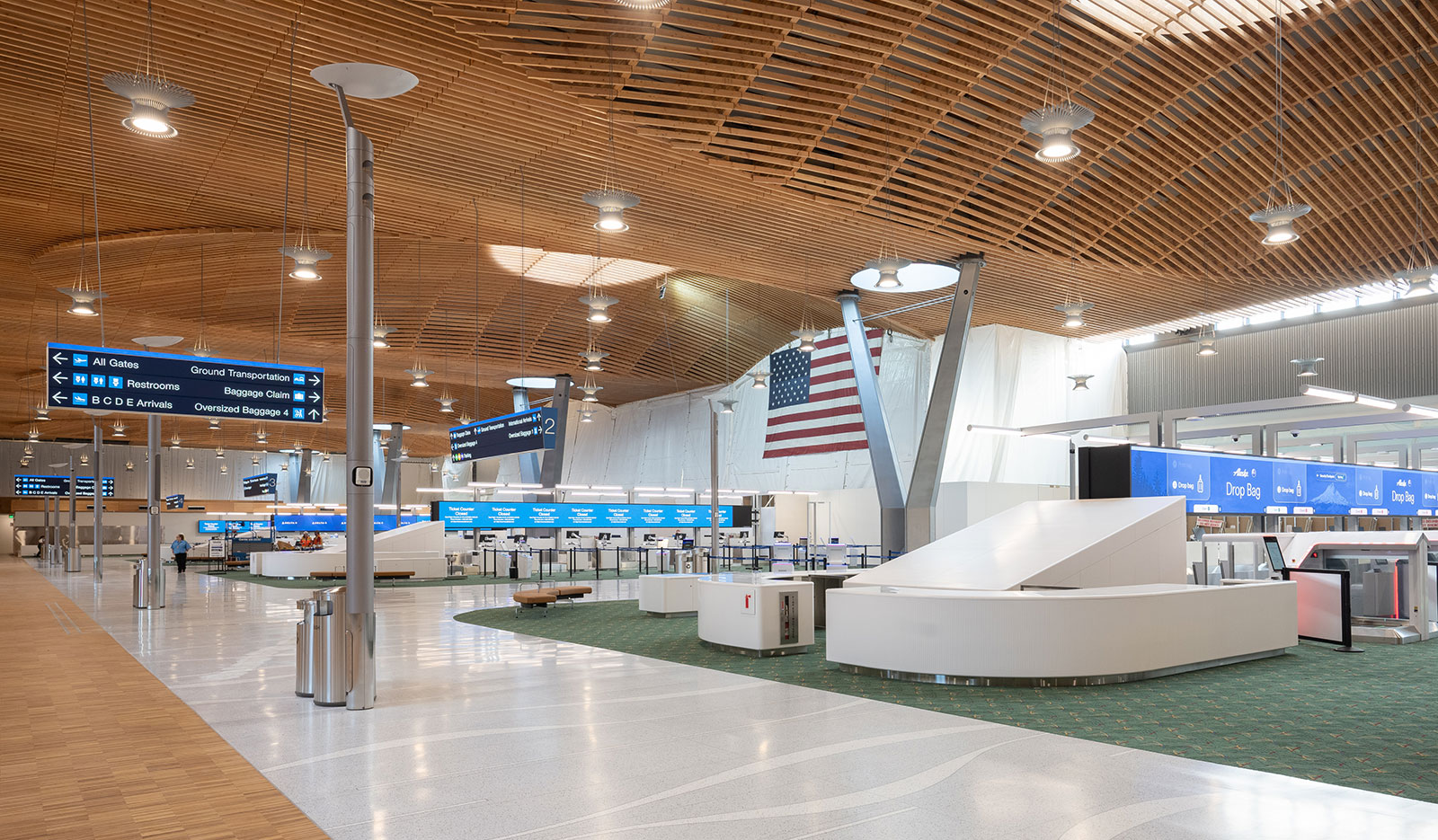 PDX’s new airline check-in stations are perpendicular to the old ticketing counter.
PDX’s new airline check-in stations are perpendicular to the old ticketing counter.PDX tip #1
PDX’s airline check-in counters are moving to four aisles.
How to navigate this: From the entrance, follow the signs on the departures level to find your airline’s counter. If you’re flying Alaska, take a few minutes to get familiar with Alaska’s new automatic bag drop on the first aisle.
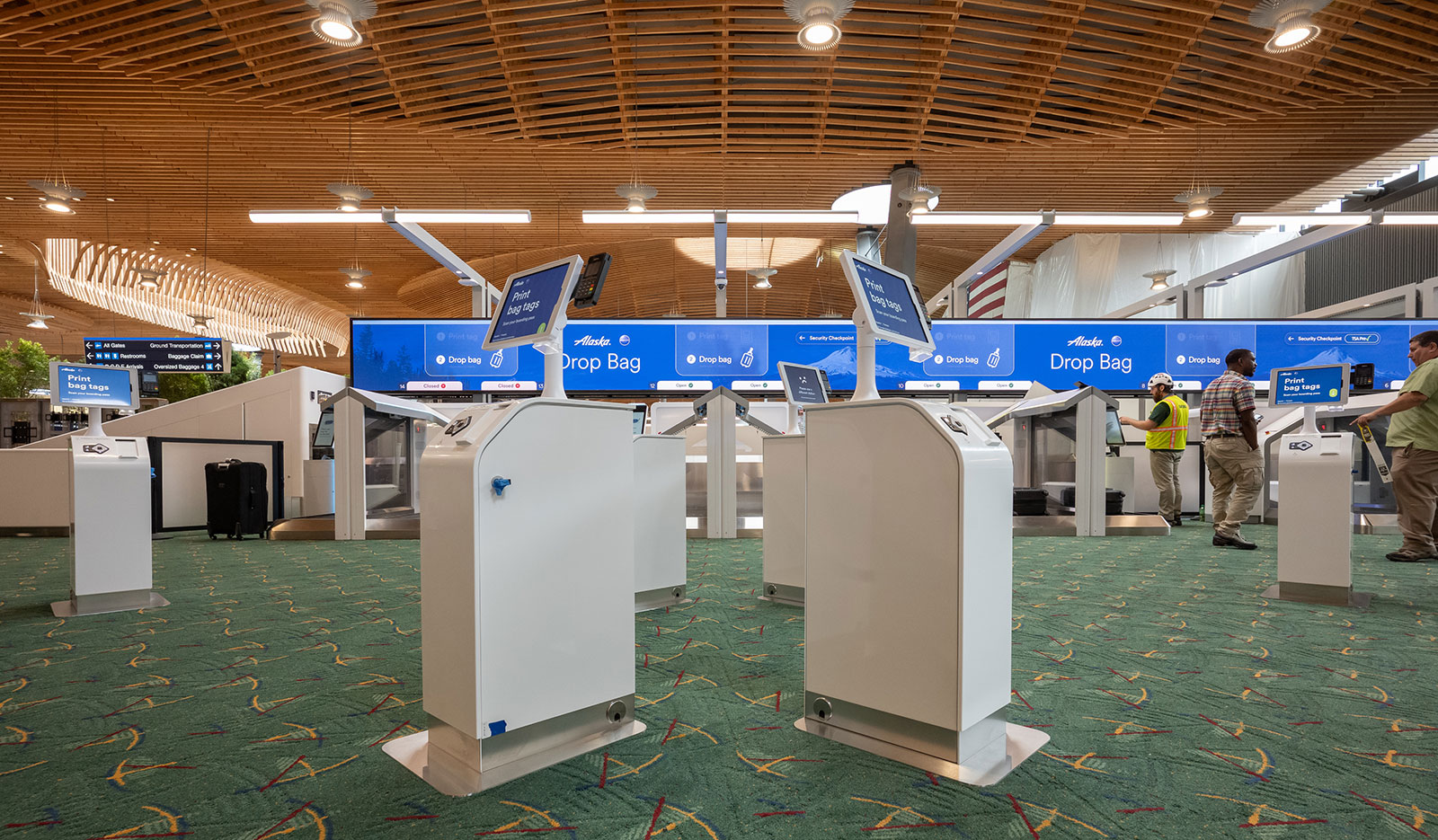 Alaska Airlines’ new automatic bag drop
Alaska Airlines’ new automatic bag dropAccessibility tip: For wheelchair assistance to your gate, notify your airline in advance. Once you check in at your airline’s counter, you’ll meet your wheelchair passenger assistant at the end of the same aisle. If you have questions, you can reach all the airline wheelchair dispatchers at (503) 460-4300.
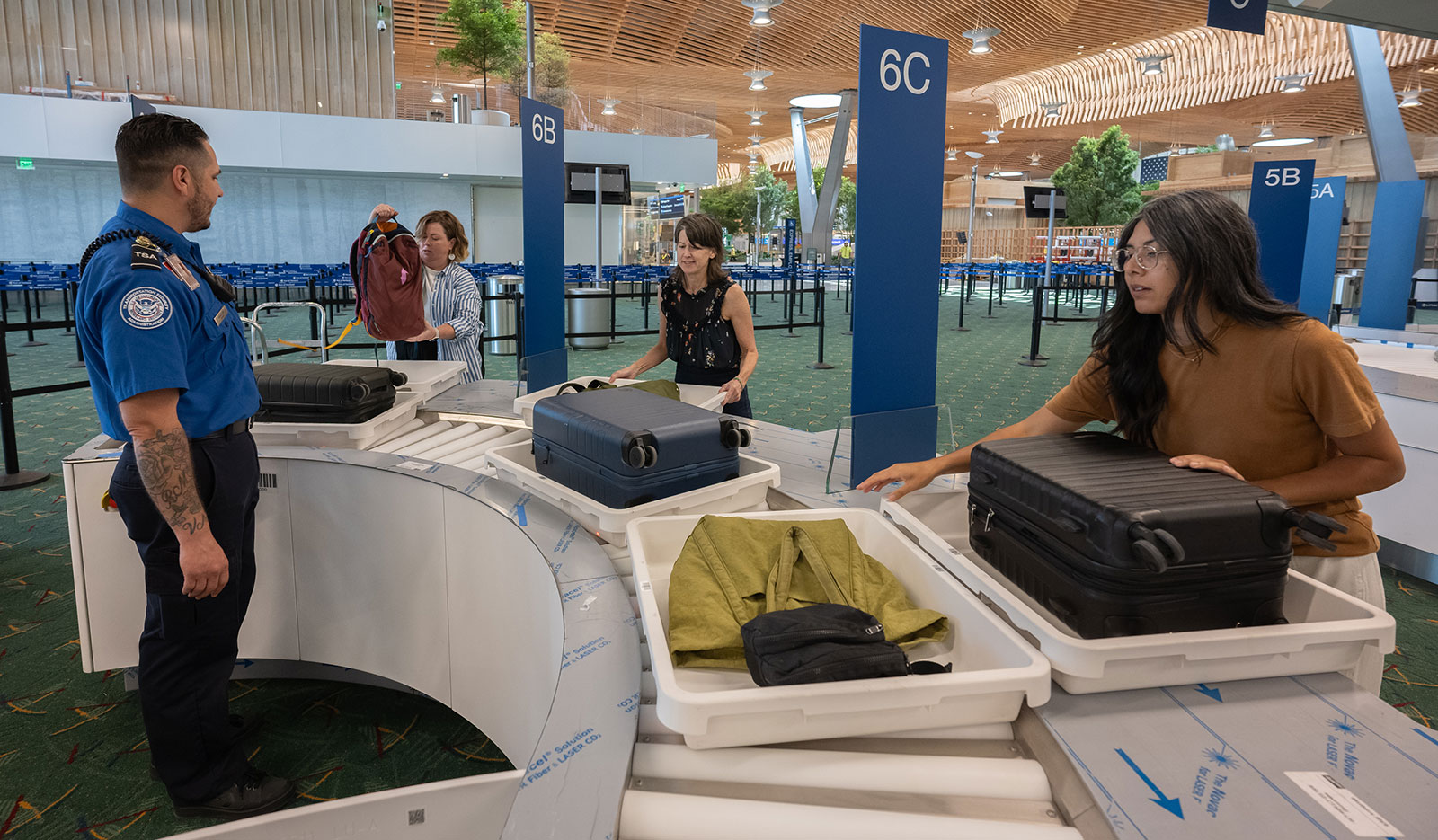 At the new security checkpoints, three travelers can load their belongings into bins for screening at the same time.
At the new security checkpoints, three travelers can load their belongings into bins for screening at the same time. PDX tip #2
To help the security lines move more quickly, three people can load their belongings onto each TSA checkpoint at the same time.
How to navigate this: Not only will there be more screening lanes, each of the curvy new checkpoint stations has three spots where travelers can load their belongings into bins and onto the belt. (Coming soon: displays estimating the time to get through security.)
Accessibility tip: If you need extra help going through screening, contact the “TSA Cares” program online or by telephone at (855) 787-2227. An agent will arrange to meet you.
PDX tip #3
If you're flying through Concourses B and E, your walk will be longer — for another 18 months.
To safely guide travelers around the phase 2 construction work between now and early 2026, we’ve reversed the construction bypasses. Sorry — we know this one hurts.
How to navigate this: Plan extra time to get to or from gates in Concourses B and E. (However, if you’re flying Delta or long-range Alaska flights, you’ll now have shorter commutes to Concourses C and D.)
Accessibility tip: We’re adding extra chairs and benches for travelers to rest along the way. And please don’t hesitate to request wheelchair assistance!
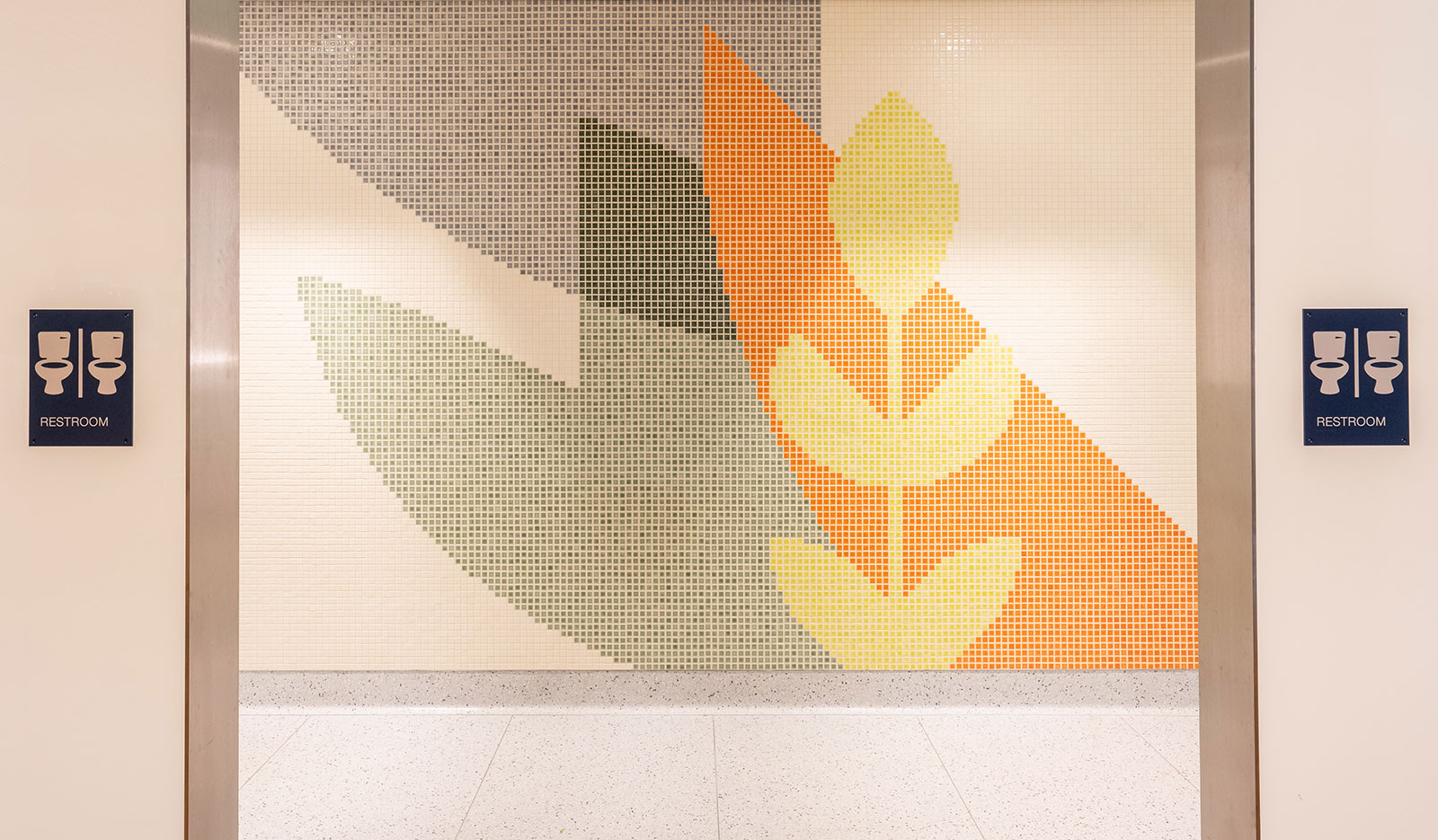 Designer Sara Schmidt’s bathroom mosaics all feature tiles made by Portland’s own Pratt + Larson.
Designer Sara Schmidt’s bathroom mosaics all feature tiles made by Portland’s own Pratt + Larson.PDX tip #4
We’ve moved the bathrooms. Find them near the stadium seats at the heart of the terminal.
How to navigate this: For the men's and women's restrooms, stay on the main floor. For our new private, all-user bathrooms, head up to the mezzanine level. We'll add even more bathrooms when the next phase opens in 2026!
Accessibility tip: The elevator to the upper bathrooms is north of the stadium seats. (That’s to the right, if you’re coming from the ticket lobby.)
PDX tip #5
For the next 18 months, arriving passengers will use temporary exit lanes.
In 2026, we’ll open permanent exit lanes on both the north and south ends of the main terminal. In the meantime, however, you’ll exit through the center of the building — into the same area departing travelers are passing through. (It could get crowded, but just remember it’s temporary!)
How to navigate this: Once your plane lands and you walk from your gate to the main terminal, follow the signs directing you to baggage claim until you reach the security-area exit.
Accessibility tip: If you need extra help getting to baggage claim and ground transportation, flag one of the PDX workers wearing blue jackets.
One last piece of advice as you explore the new PDX
Feel free to look up! Look down! Just be sure to look around, too — to avoid bumping into all the other travelers doing the same thing. (We’re speaking from experience here.)
